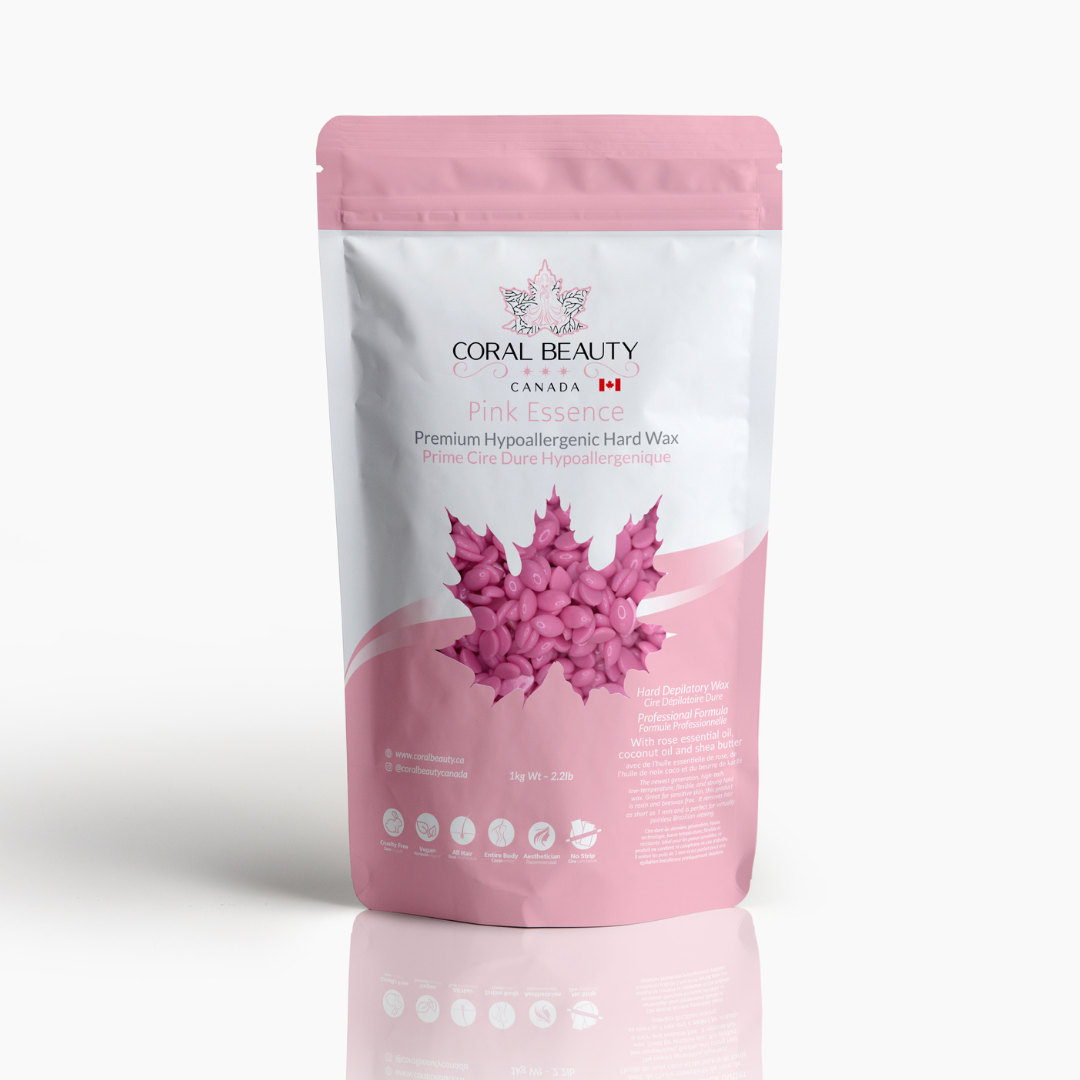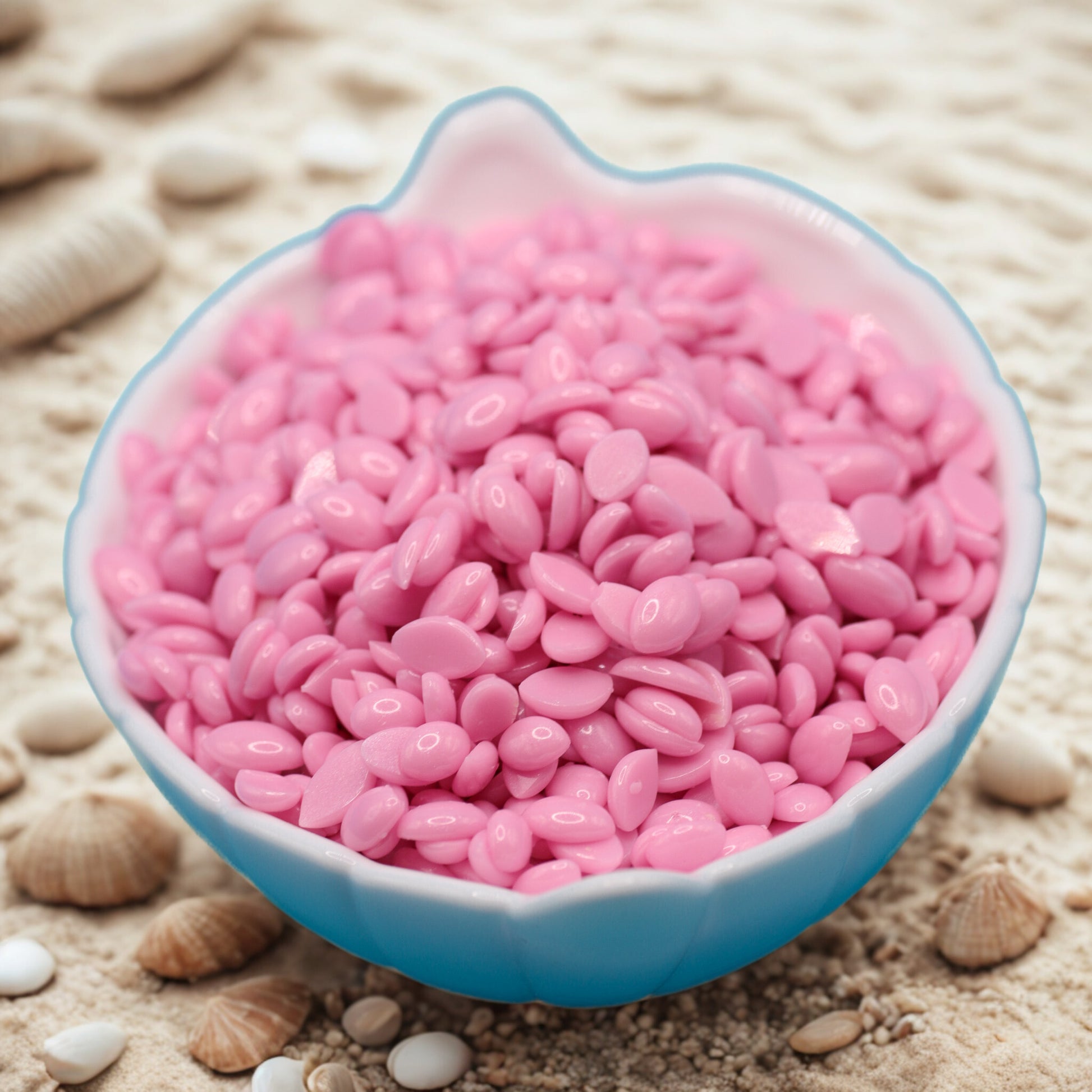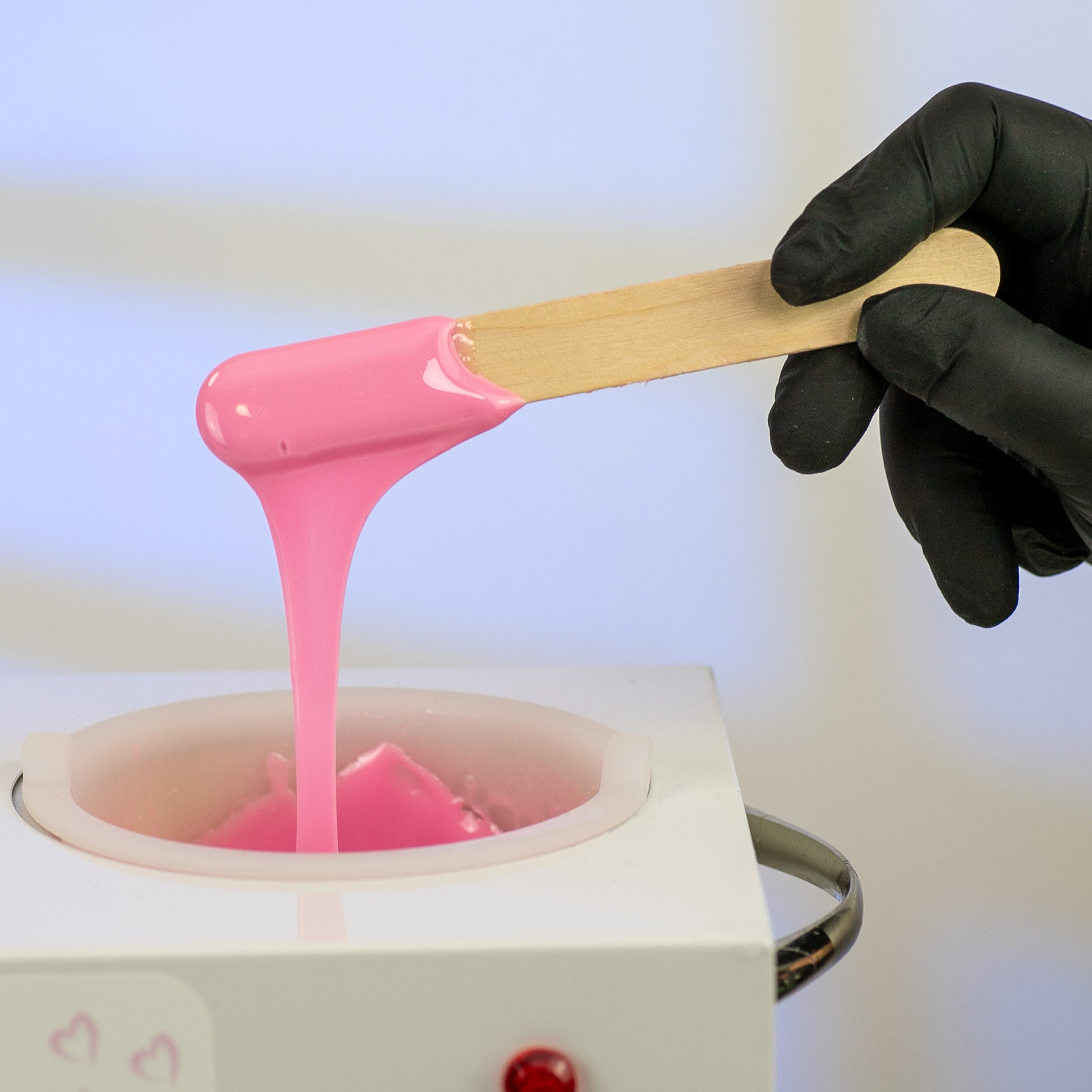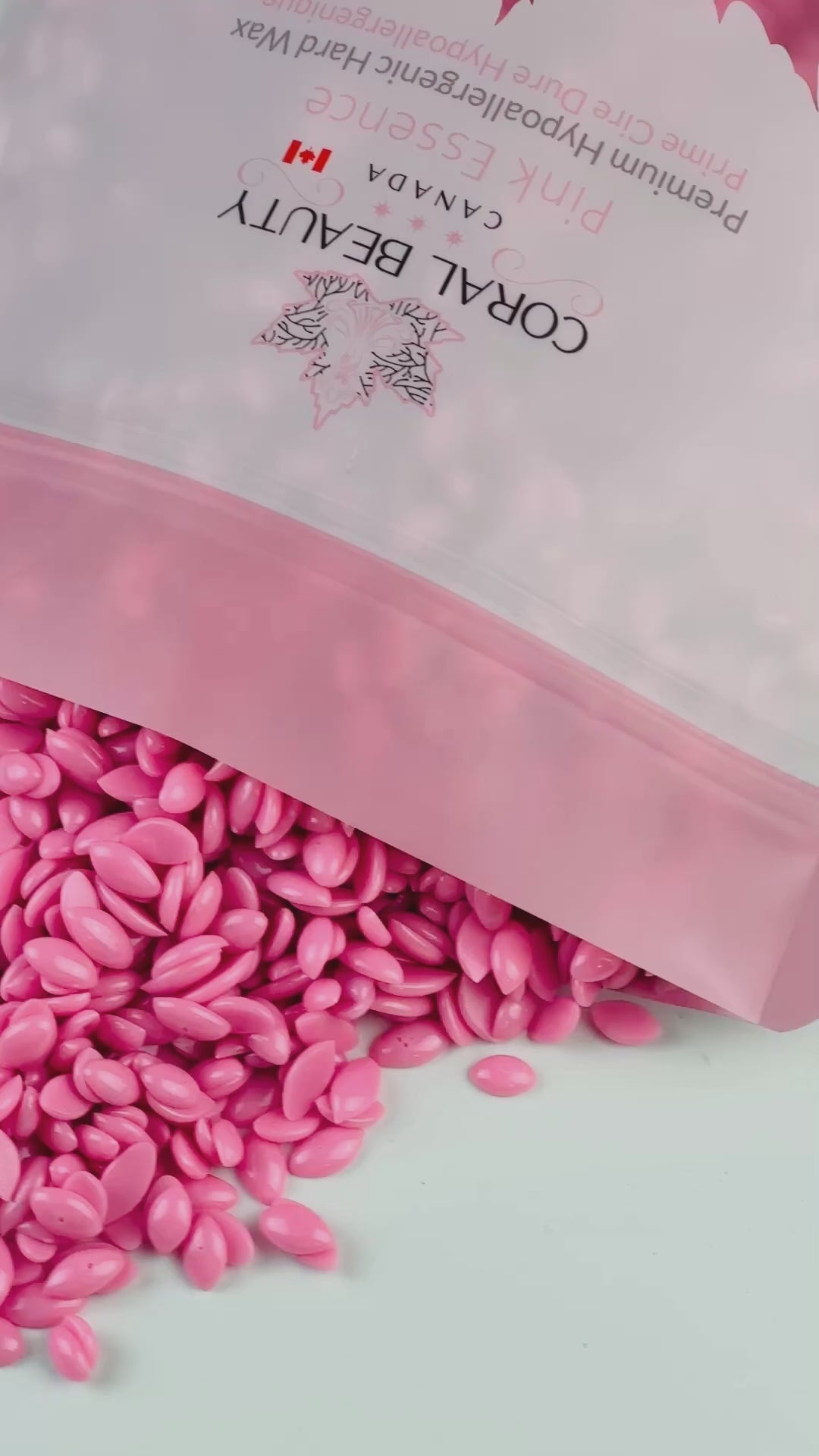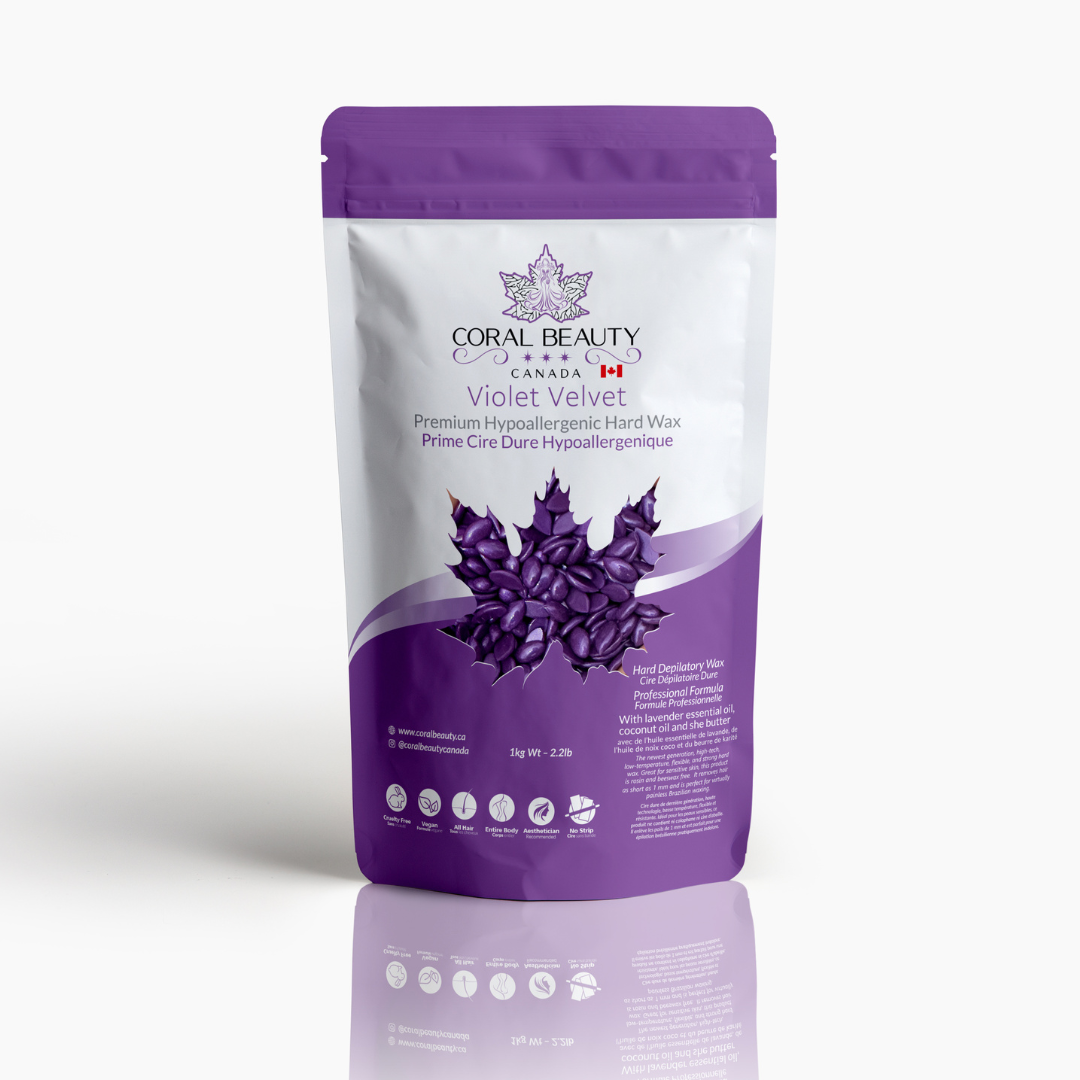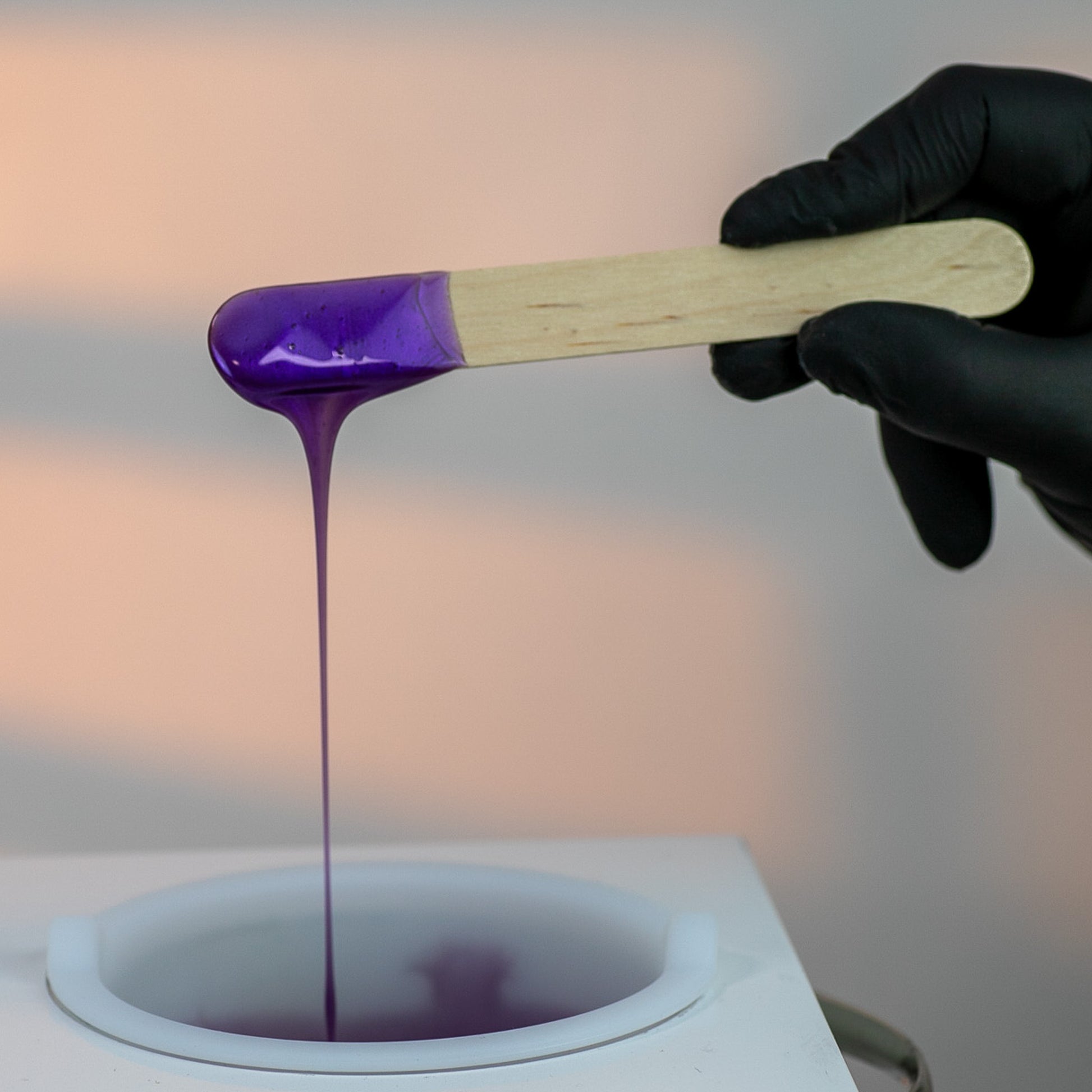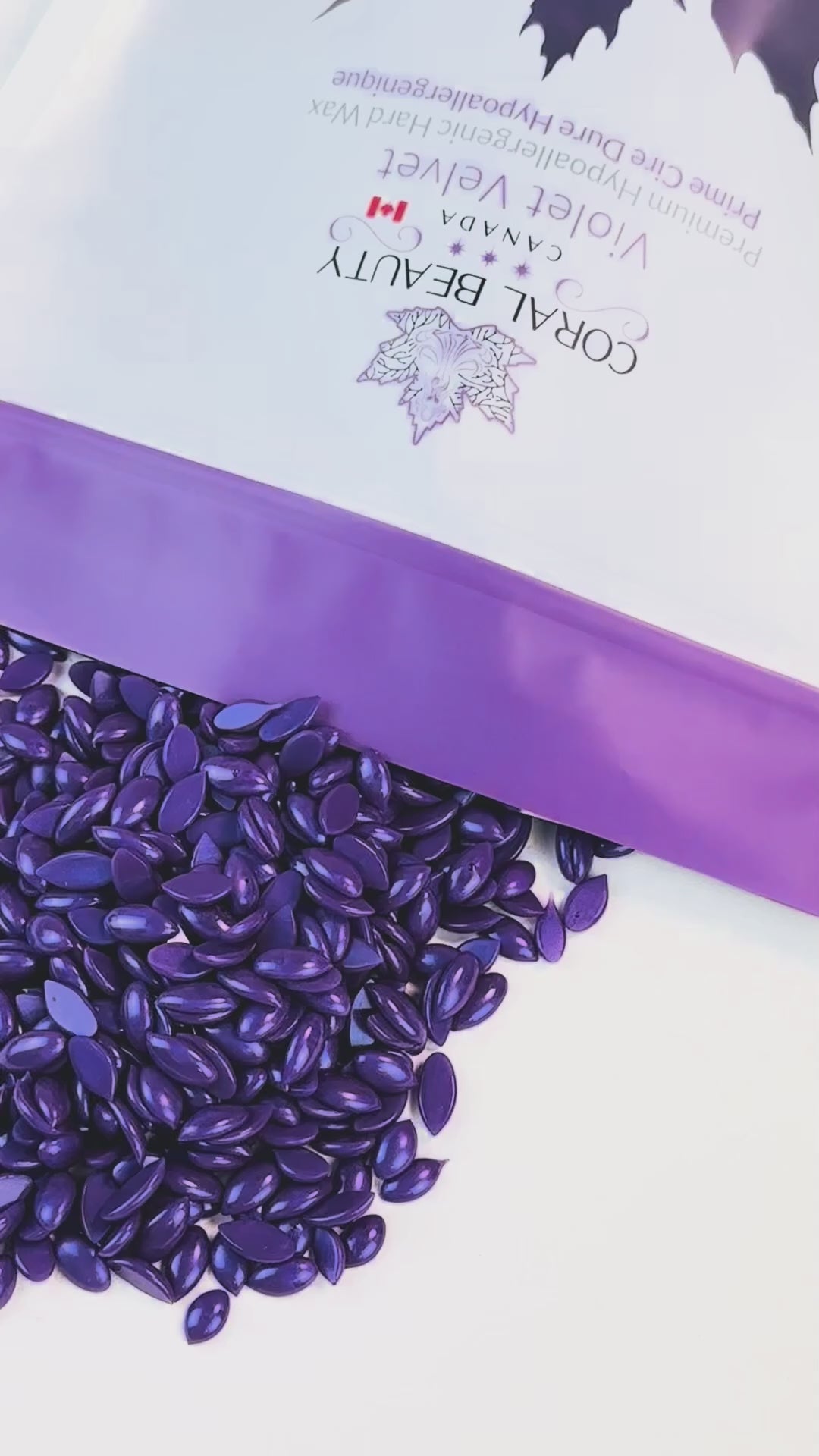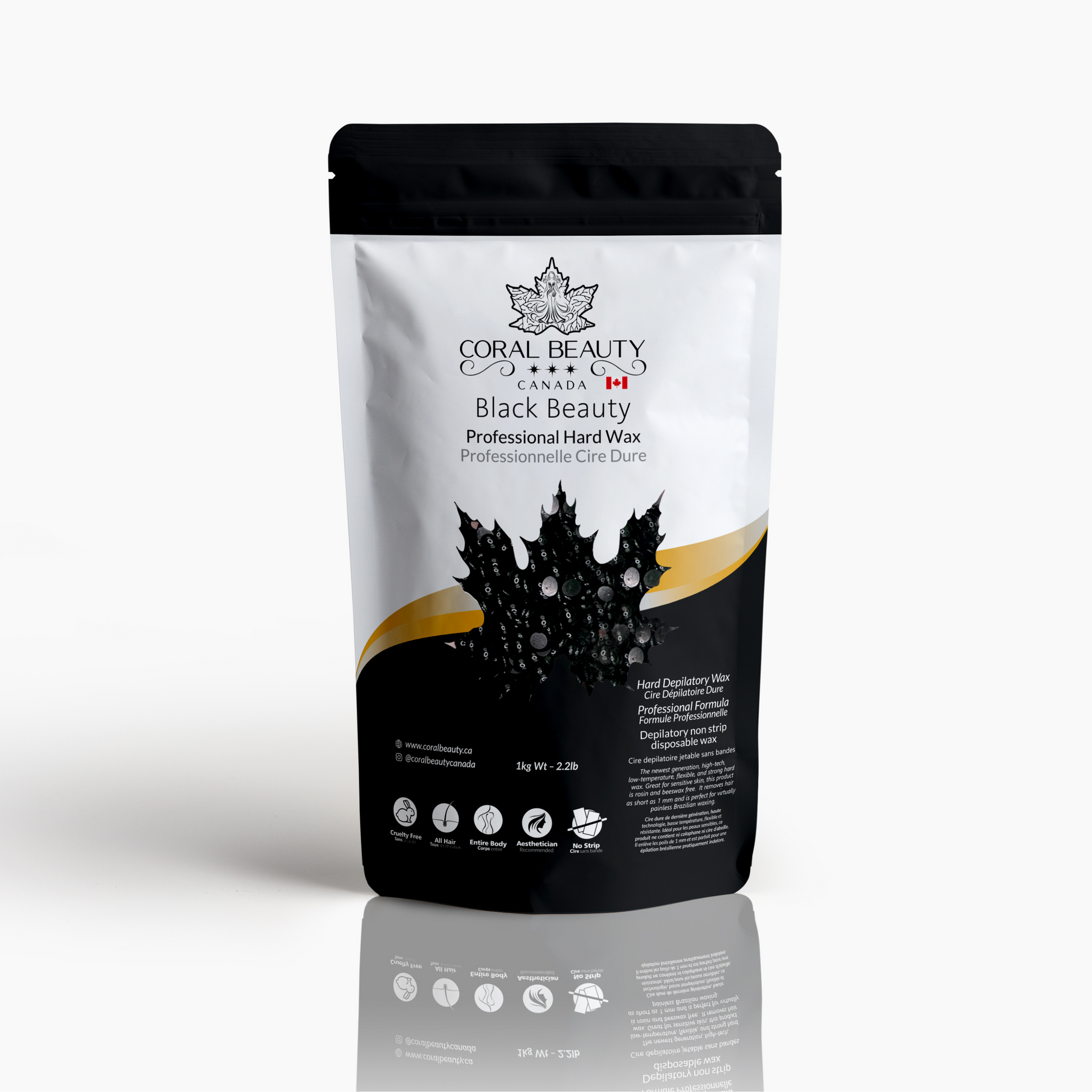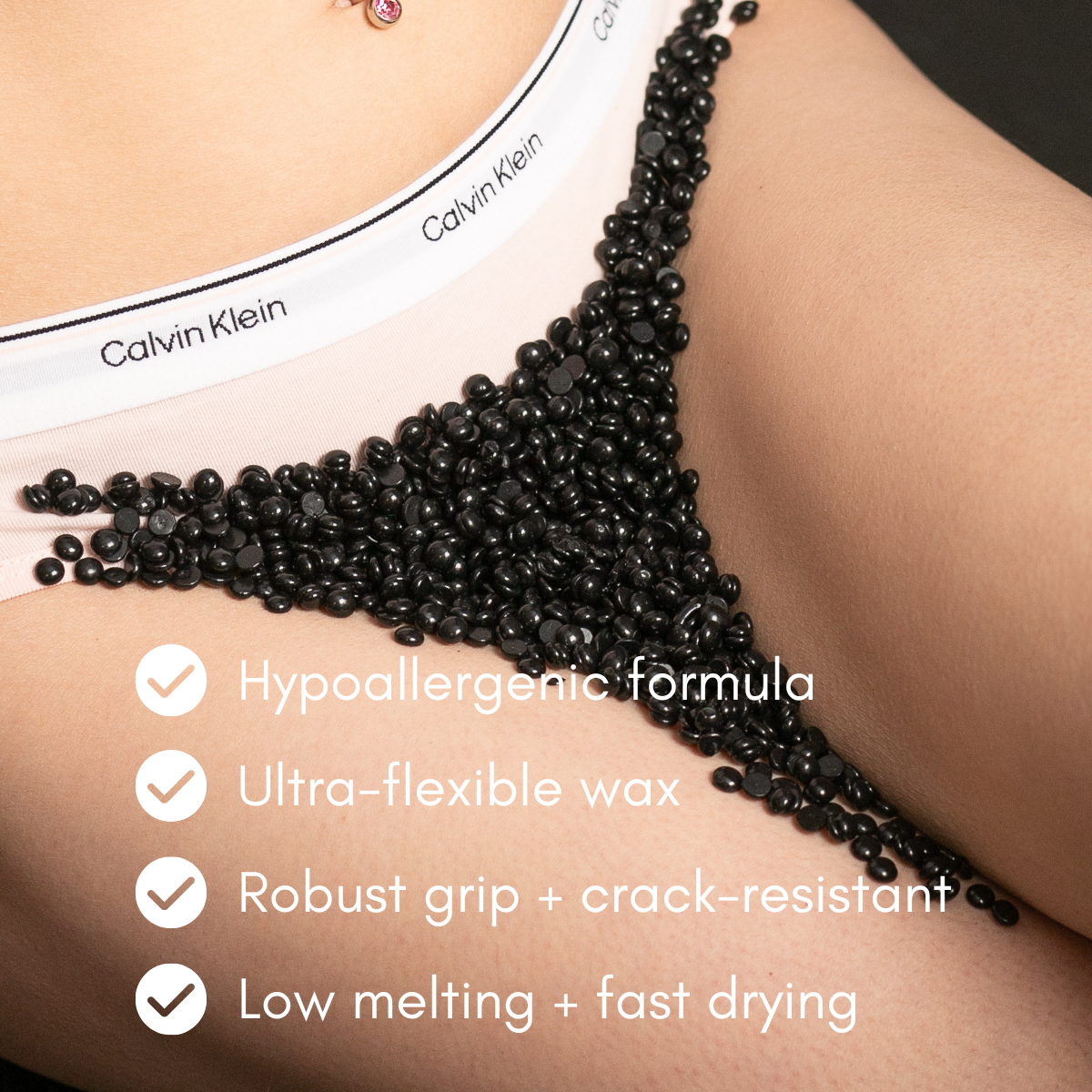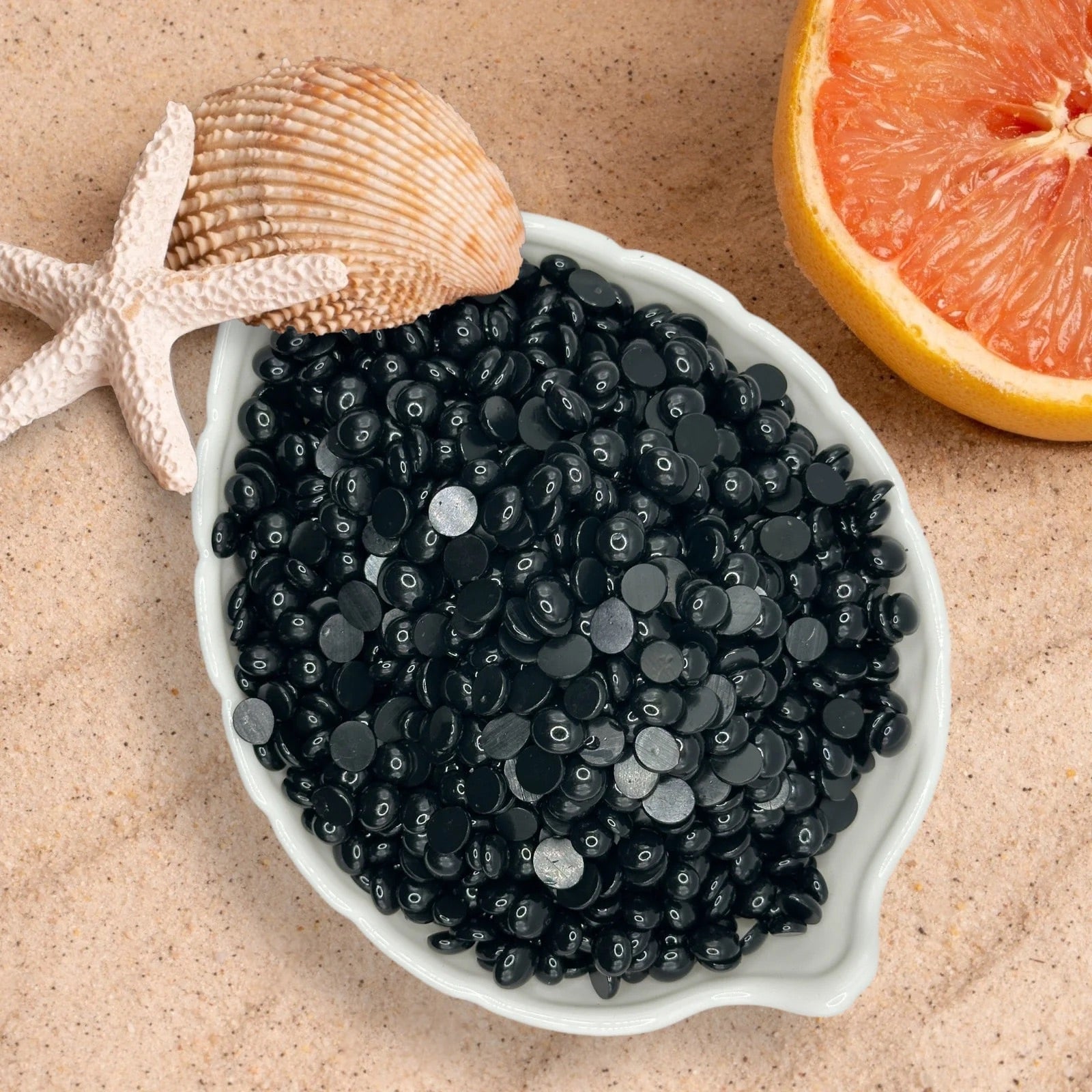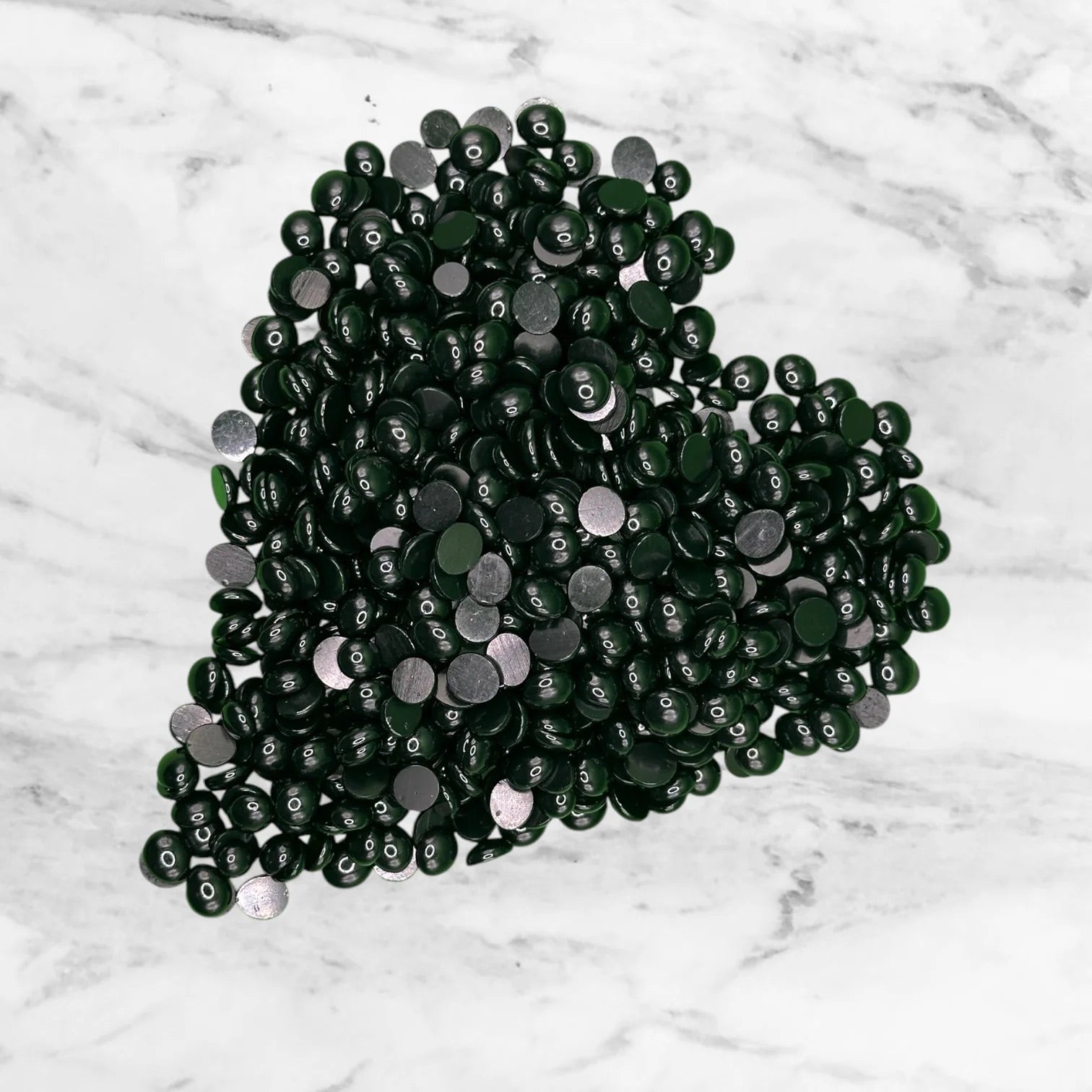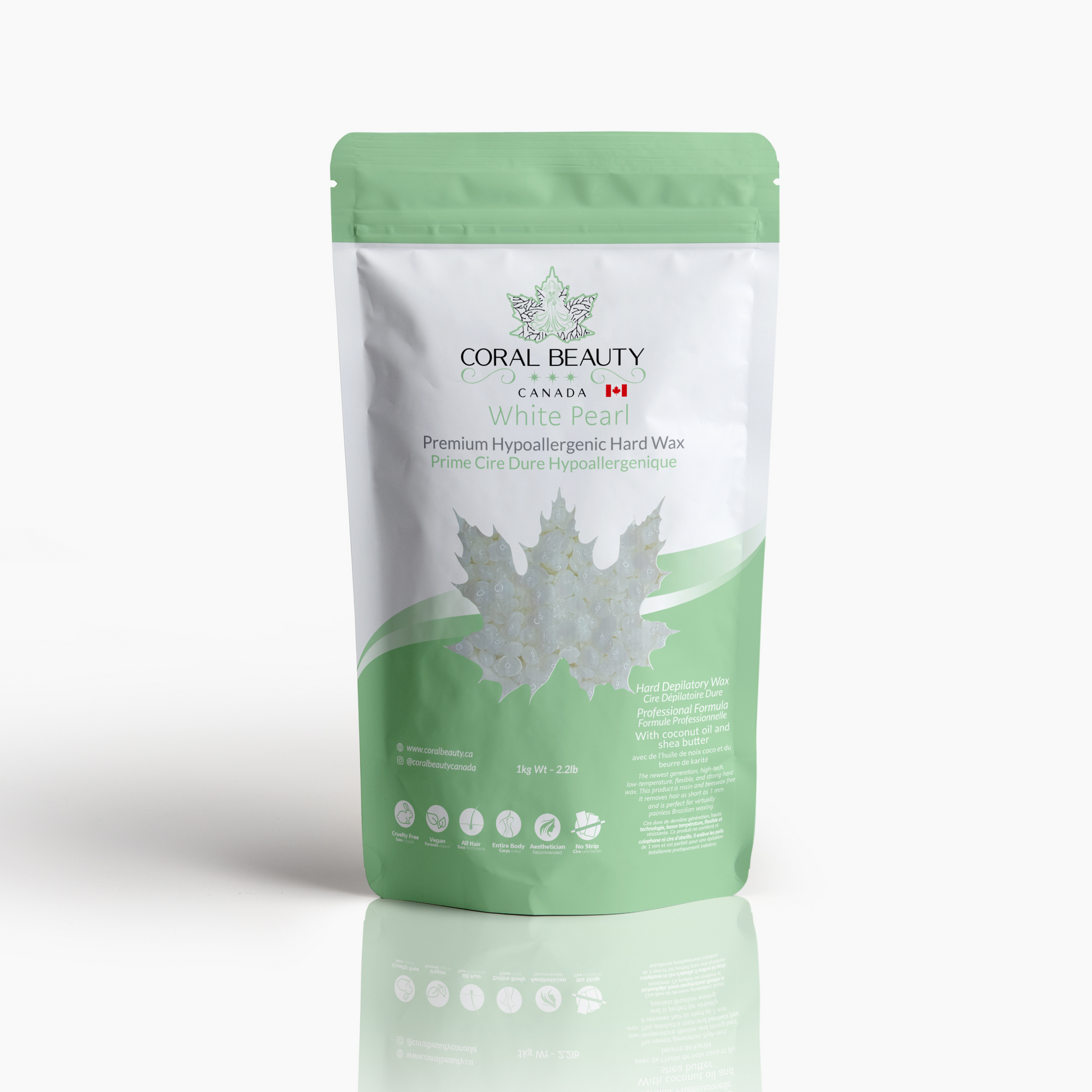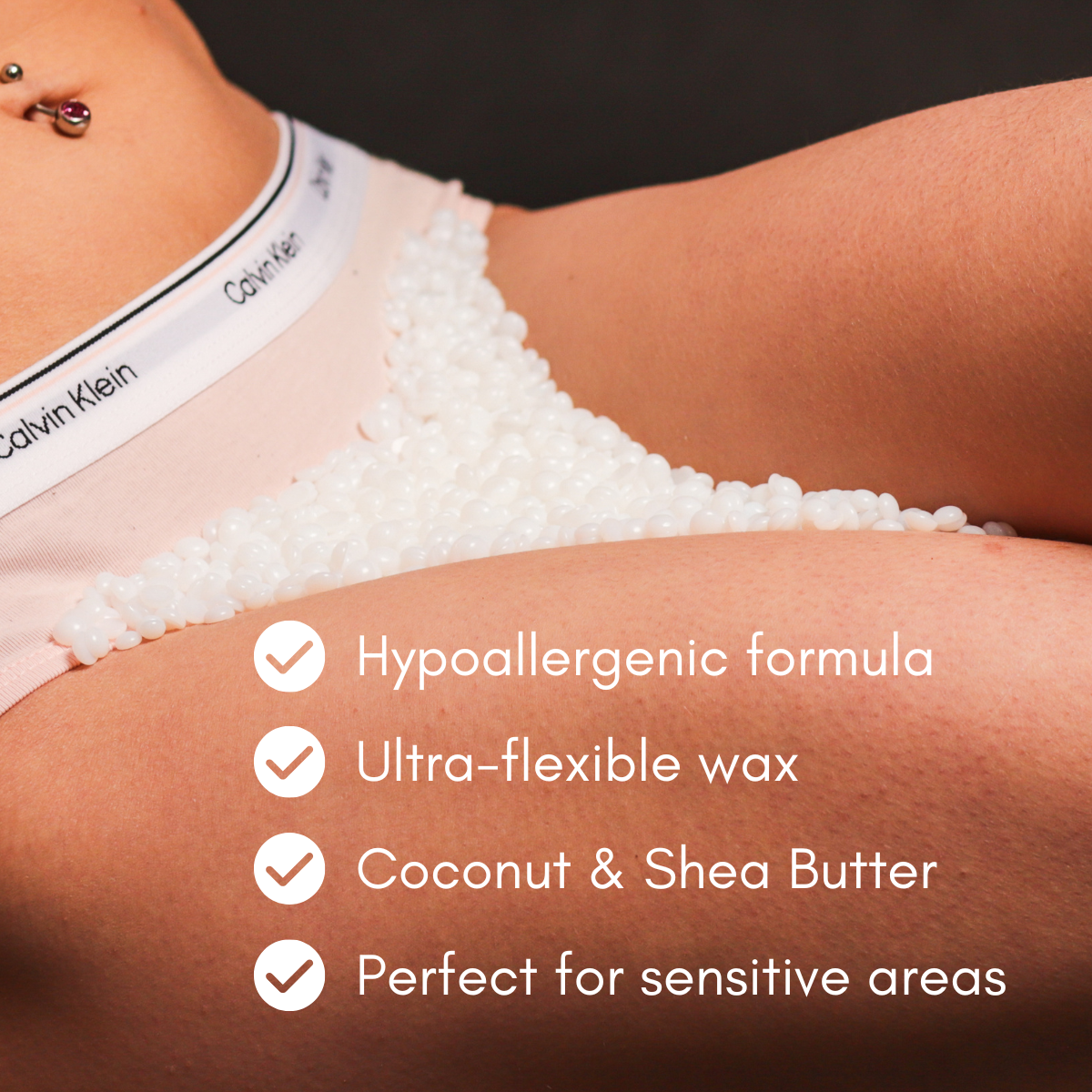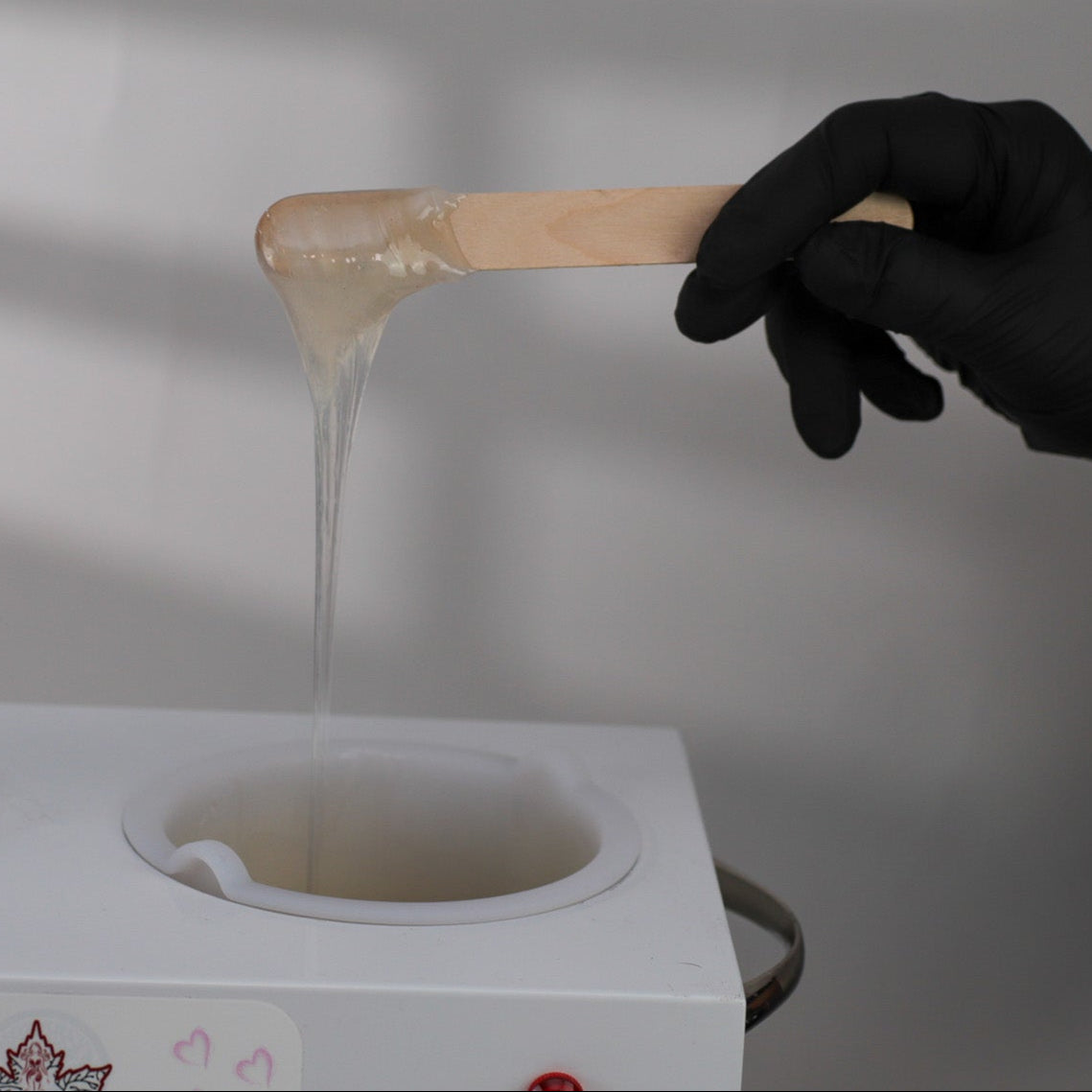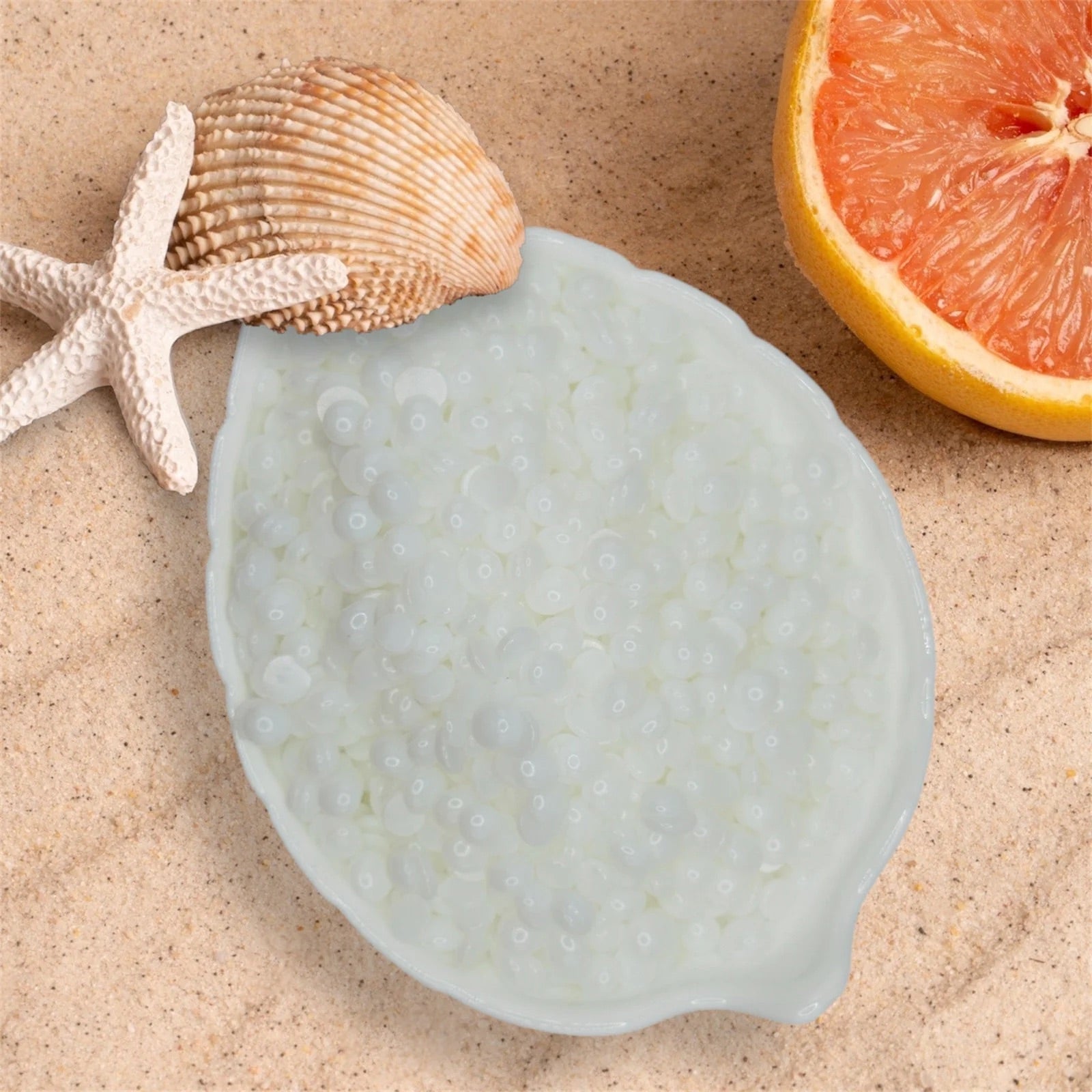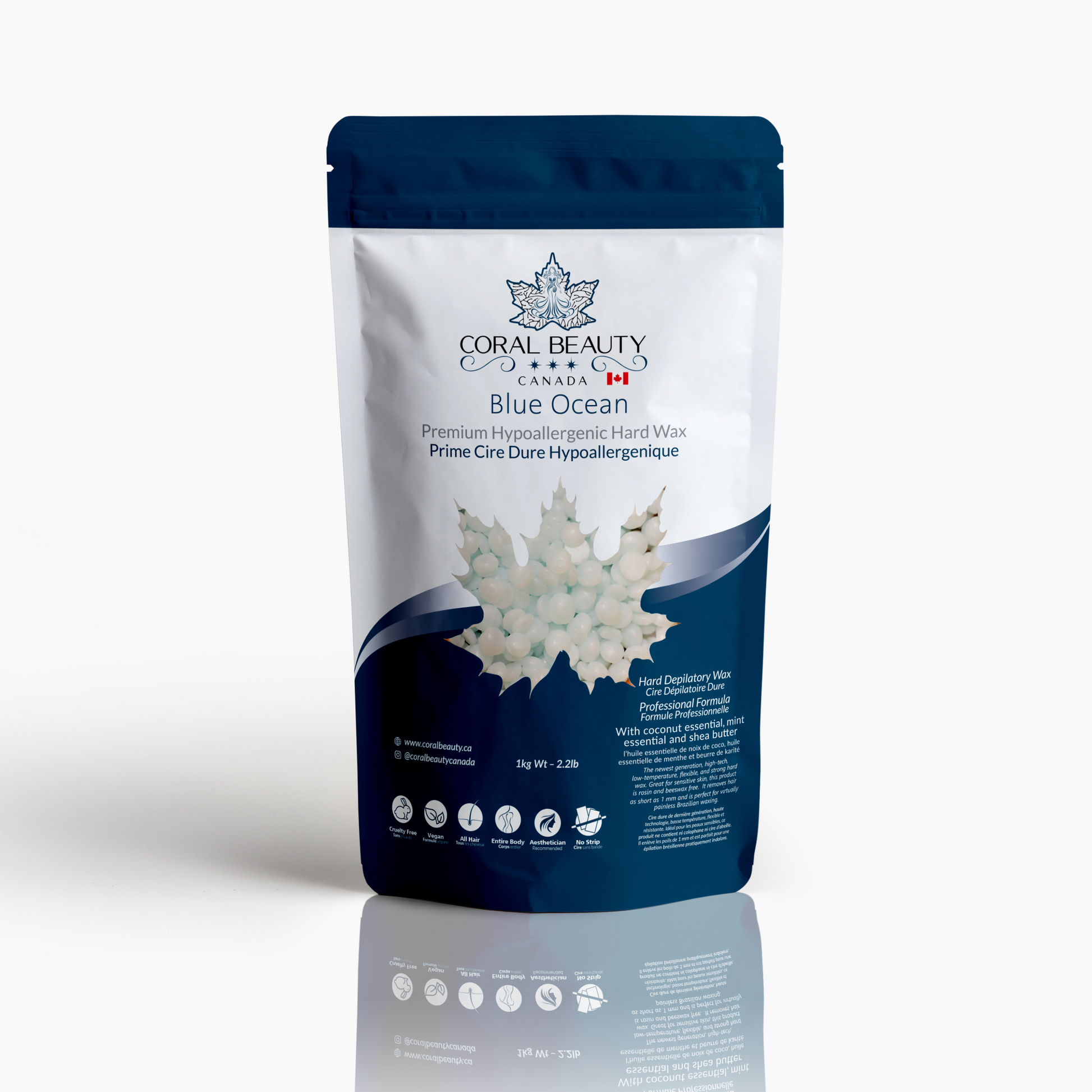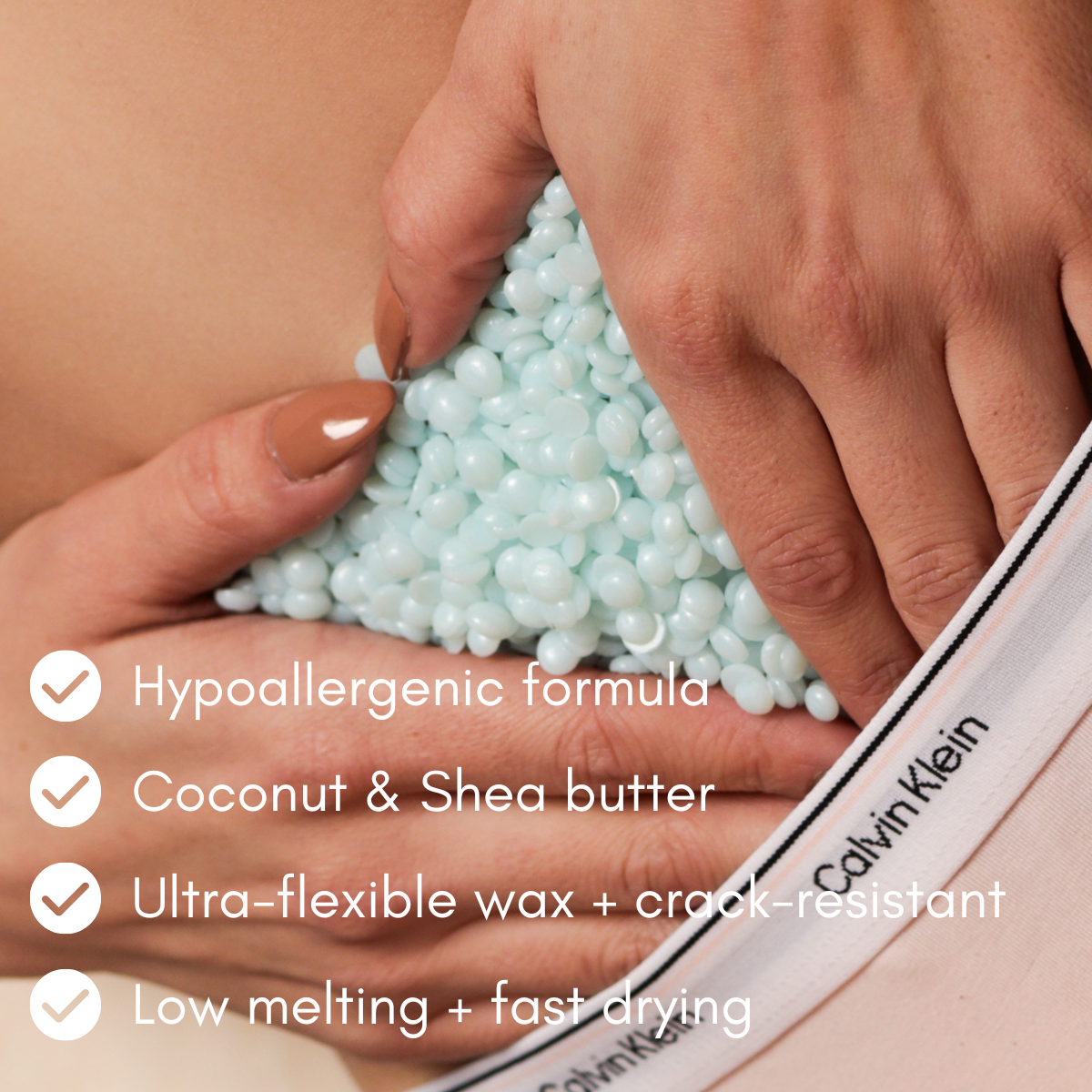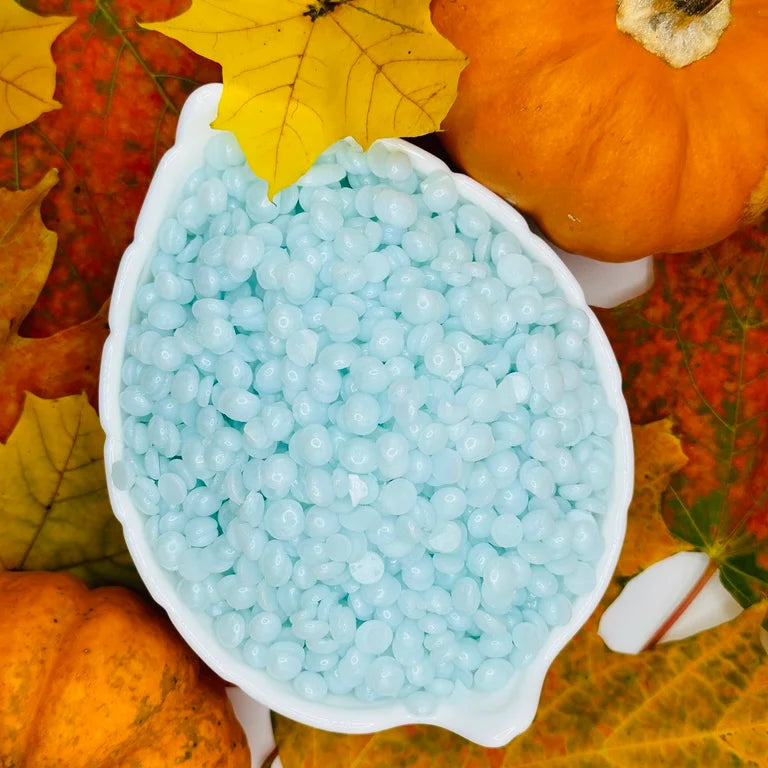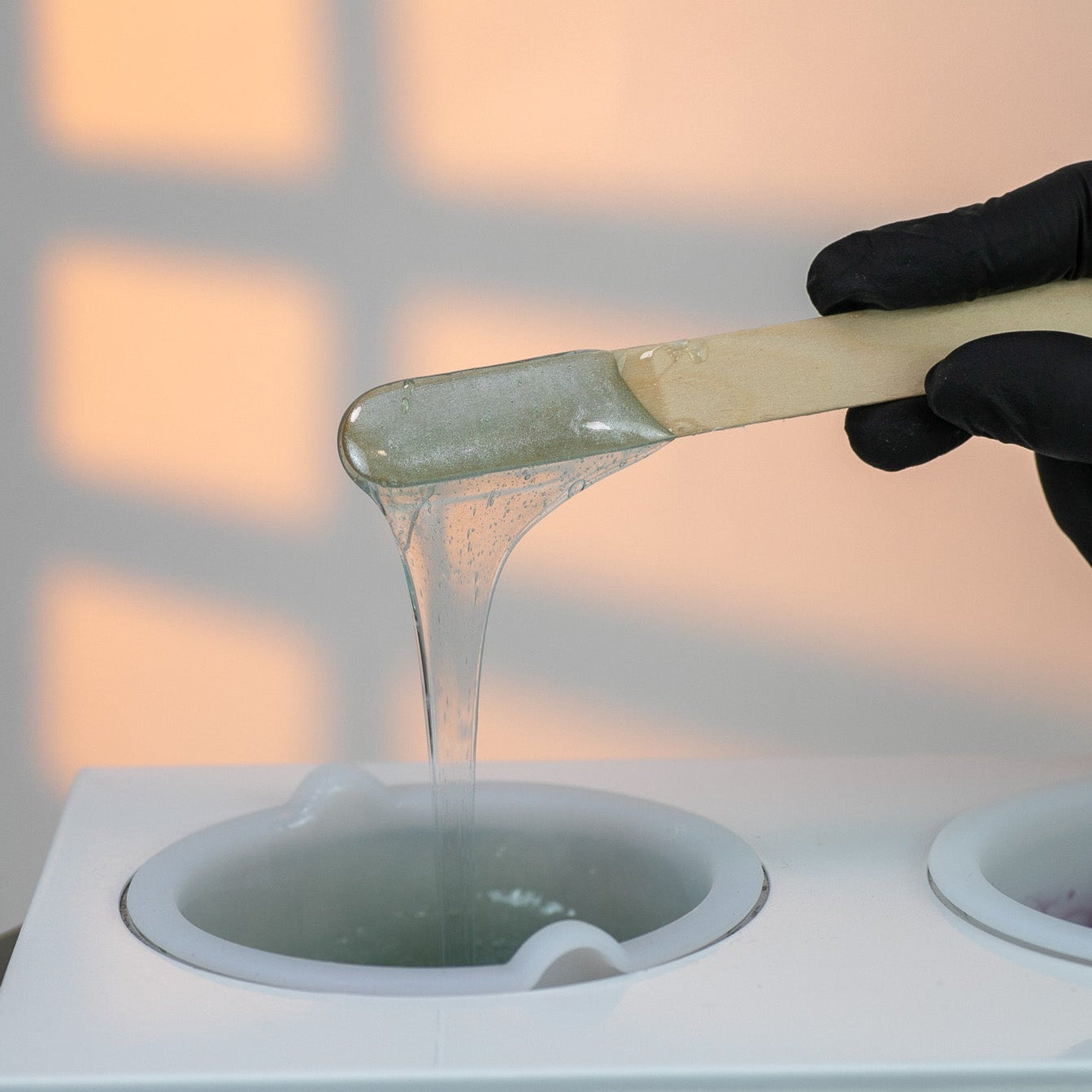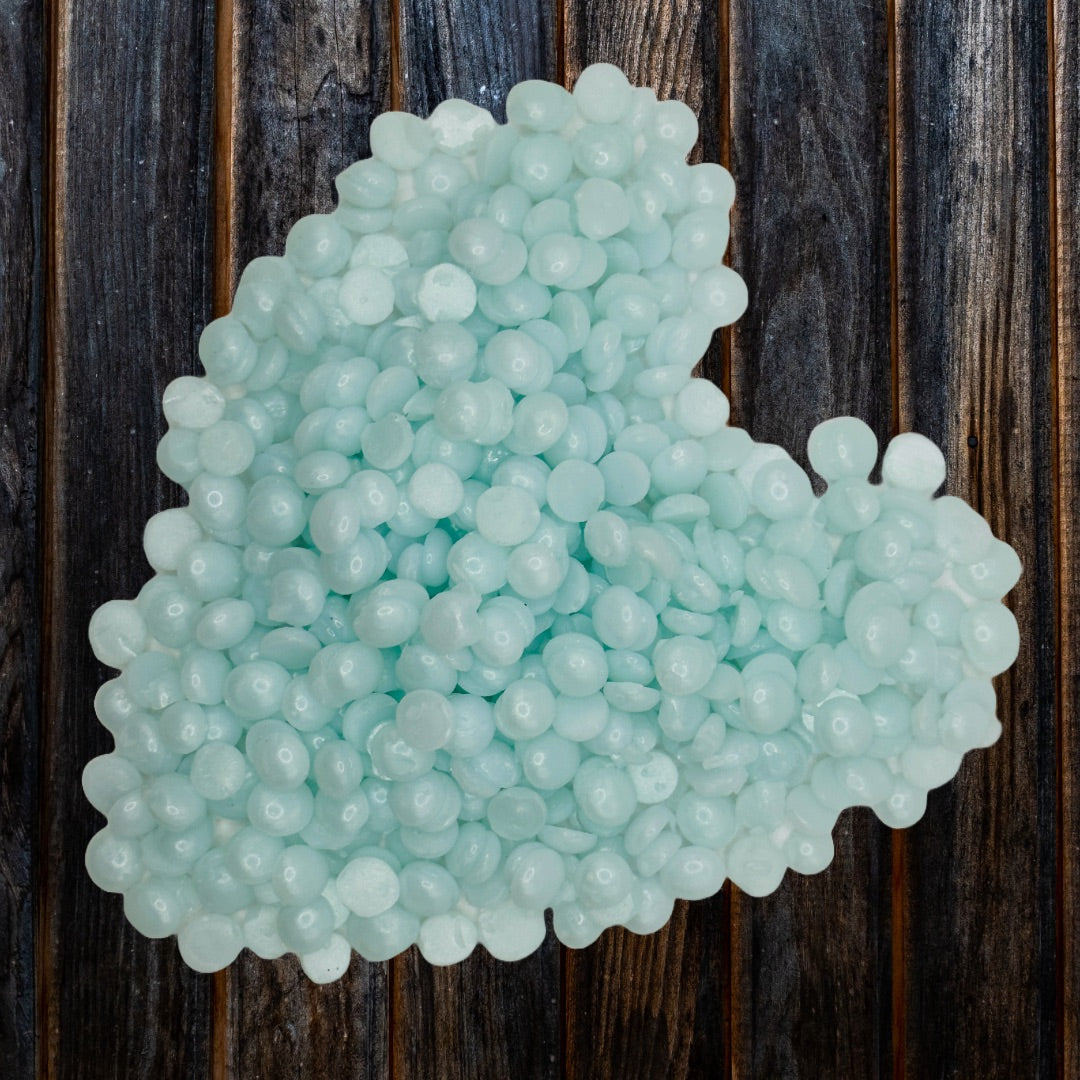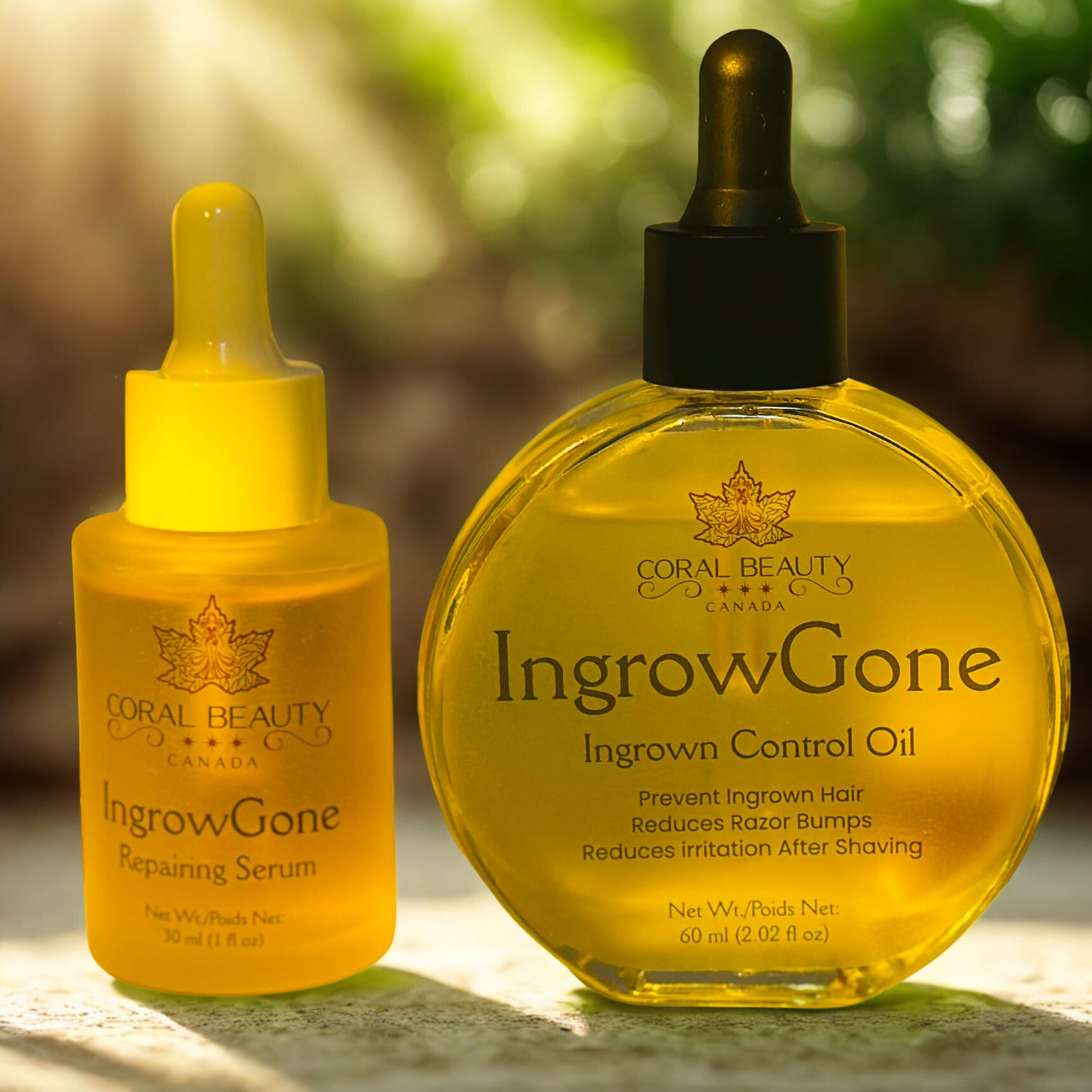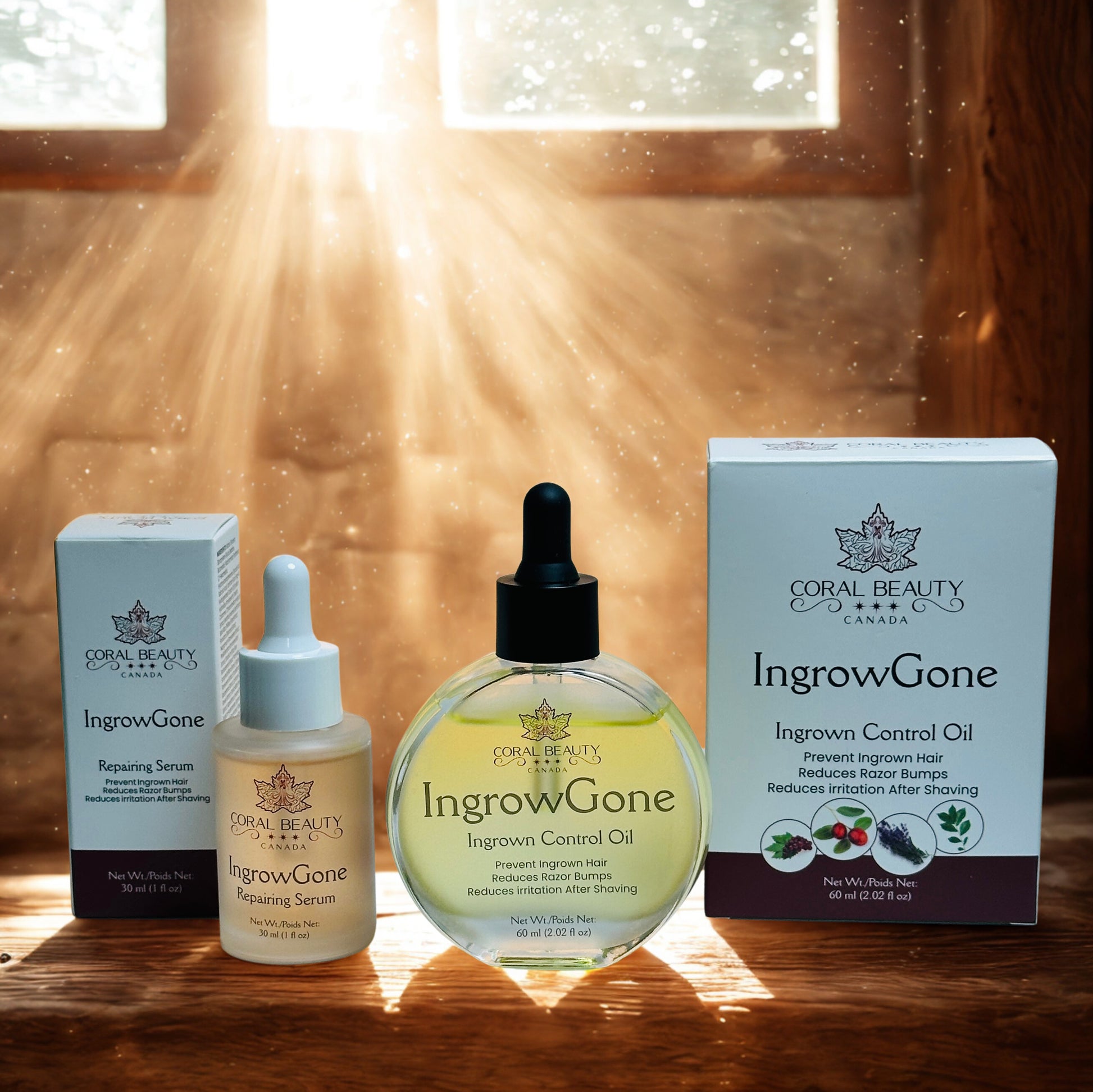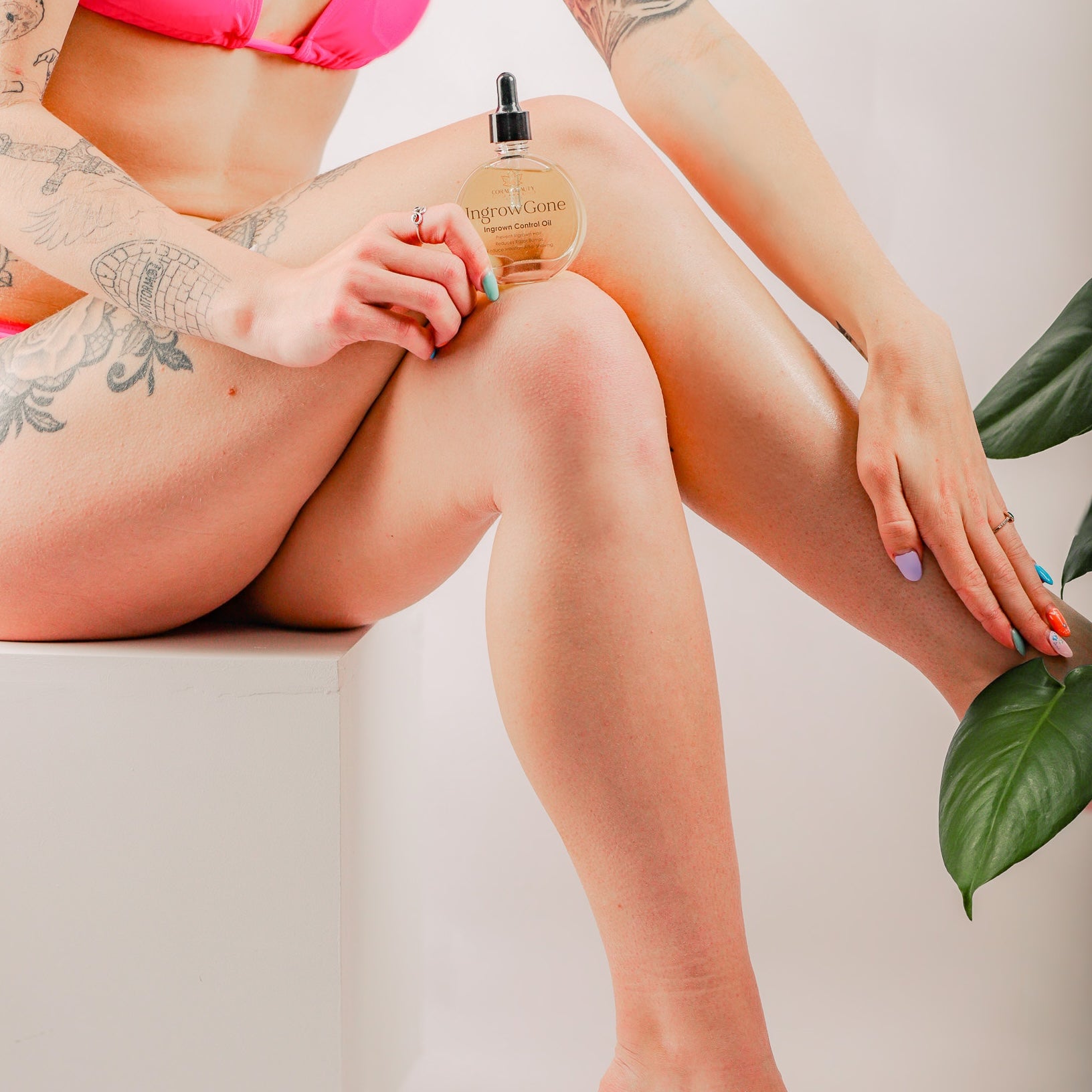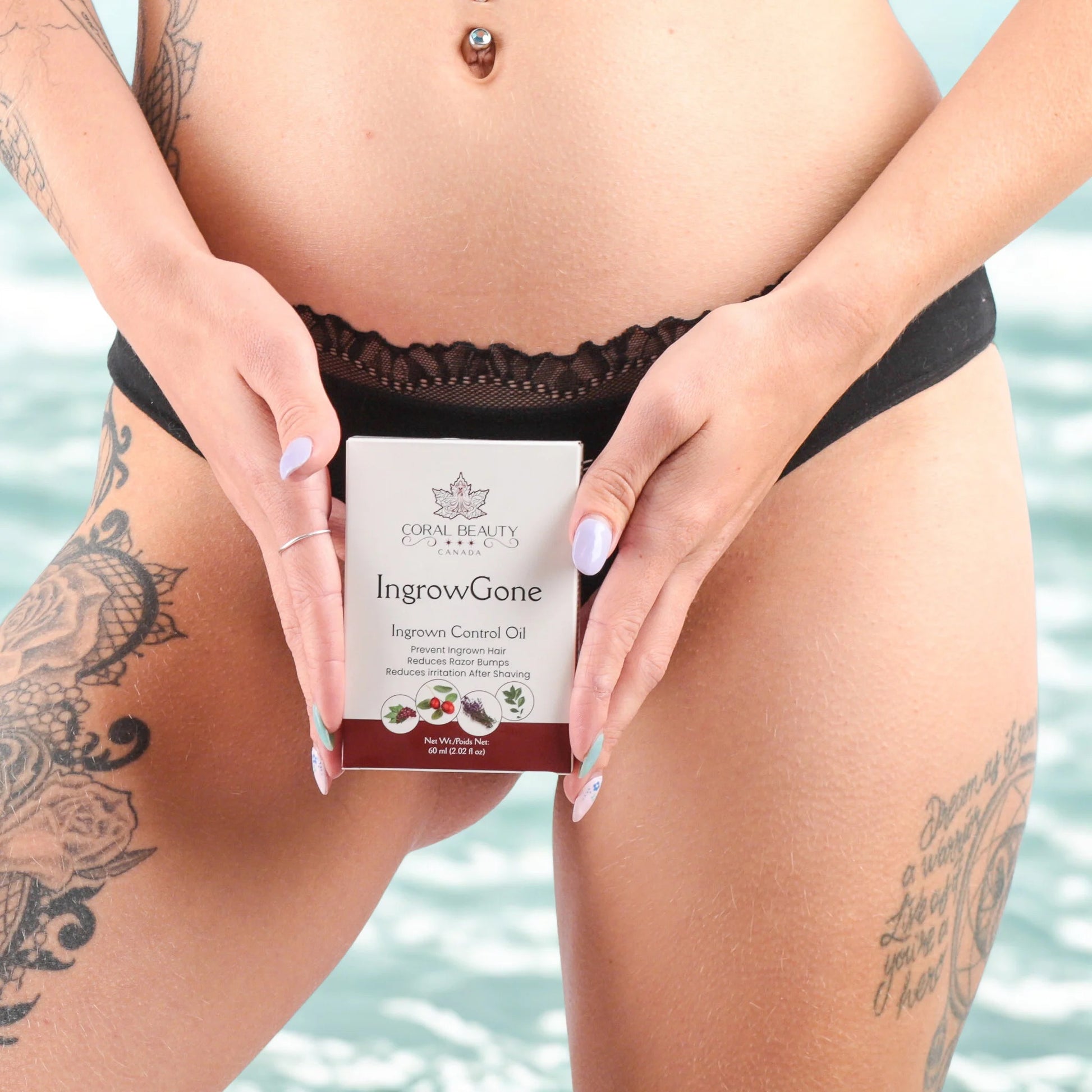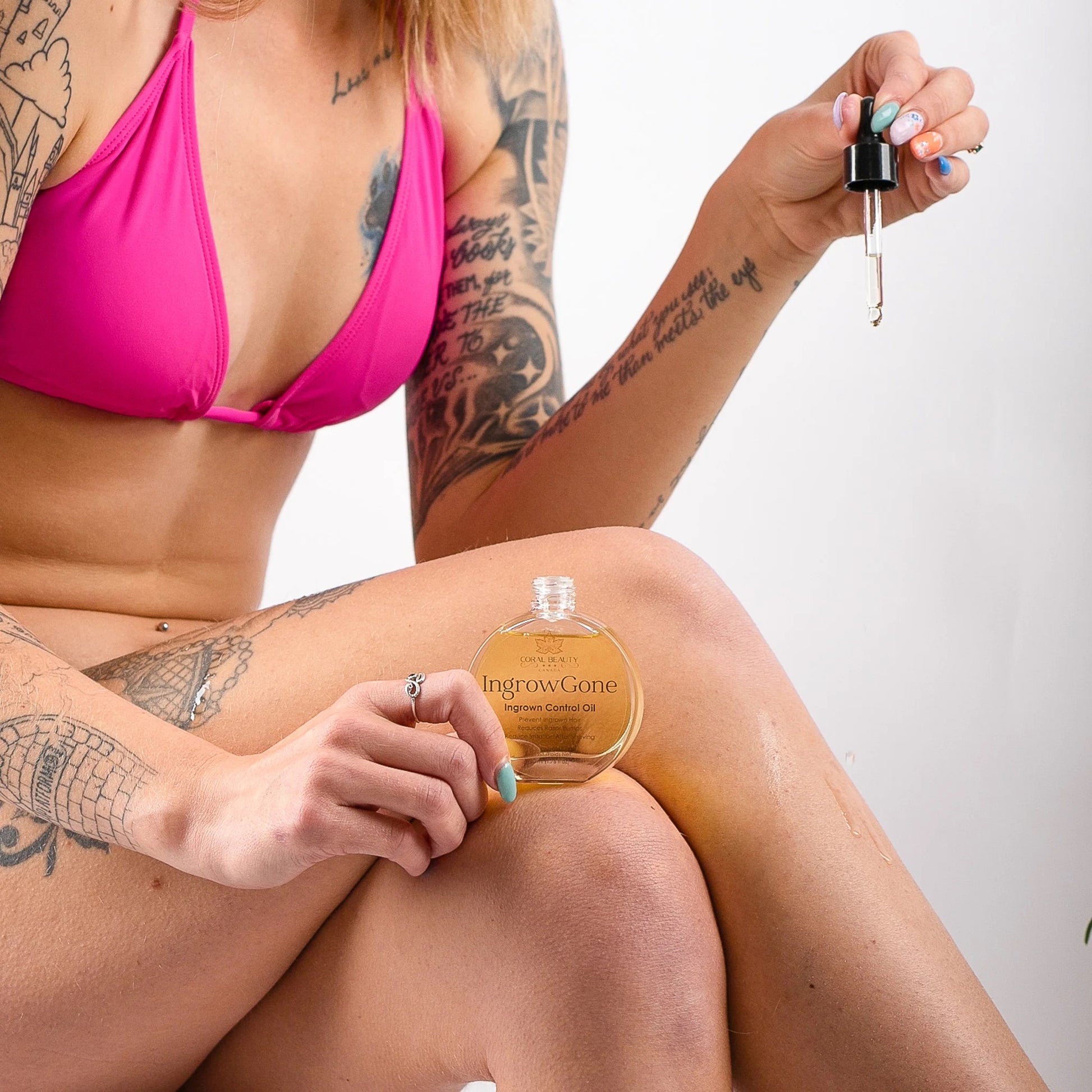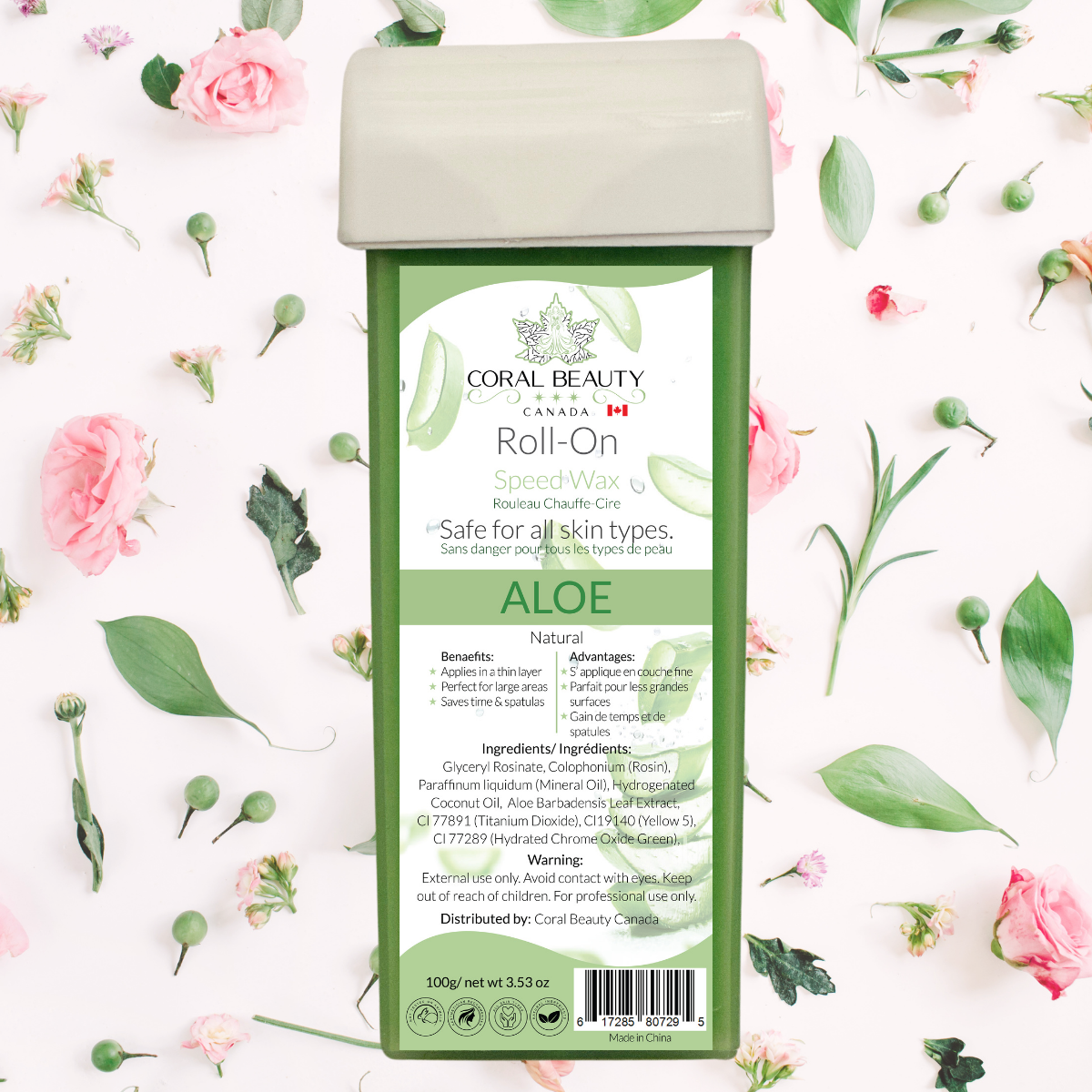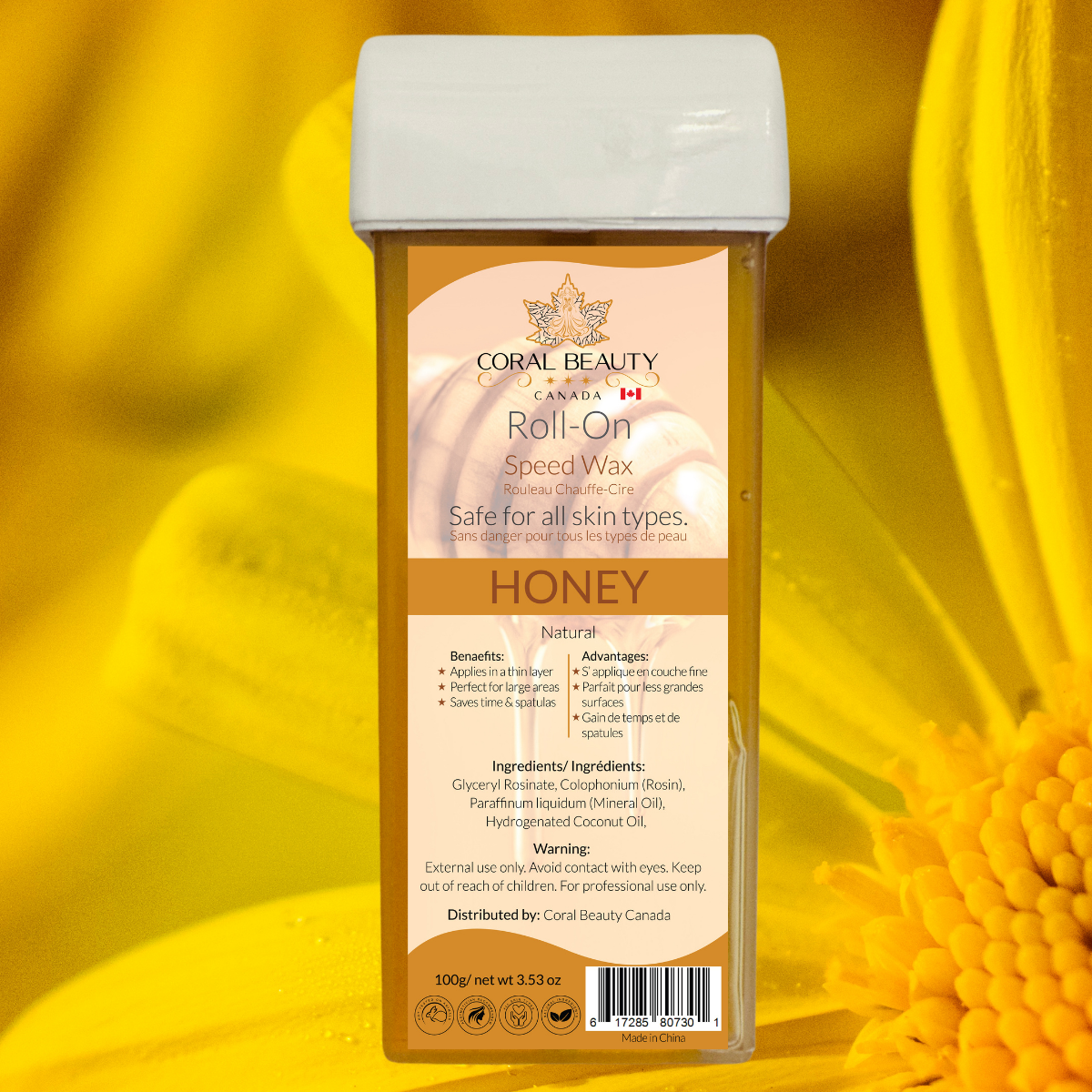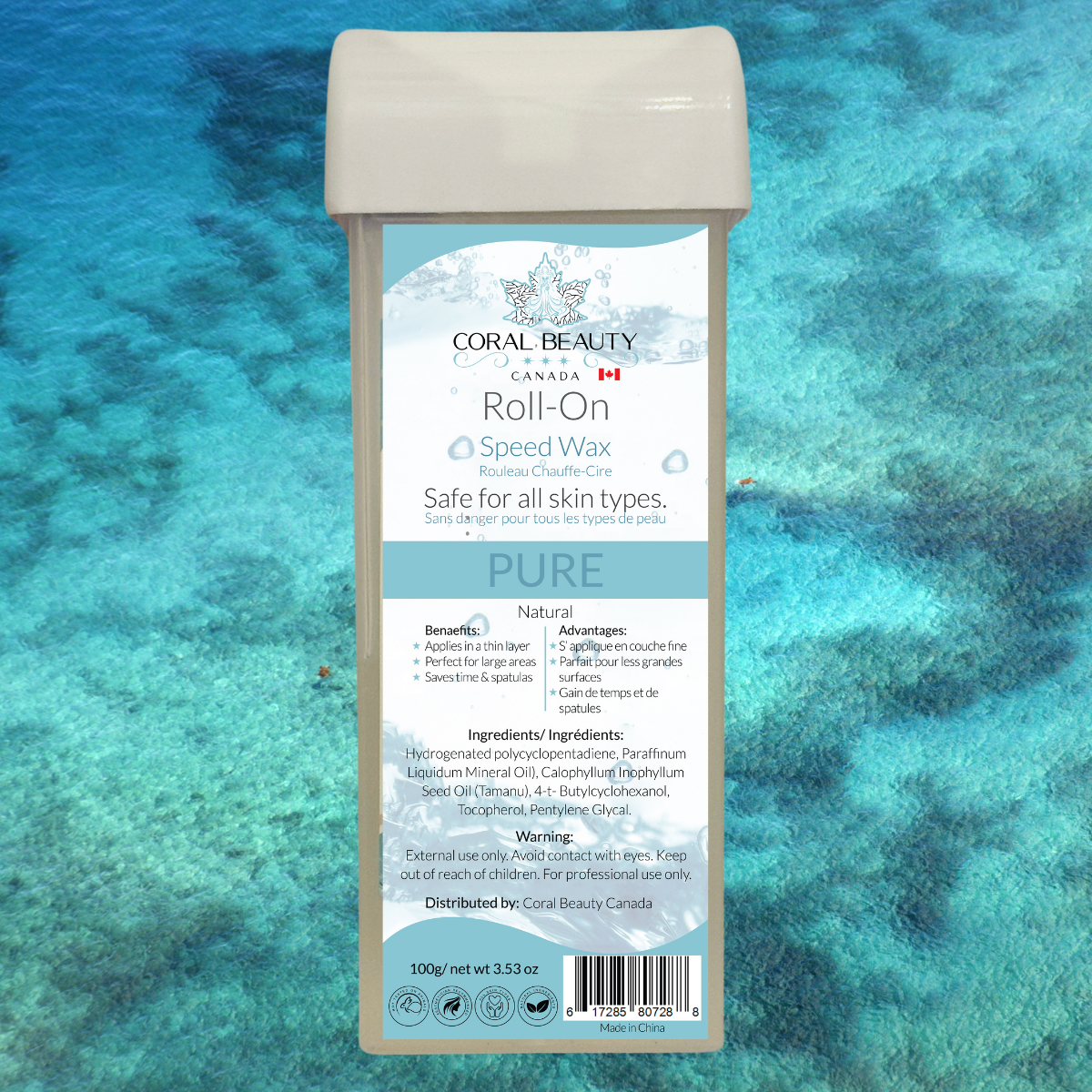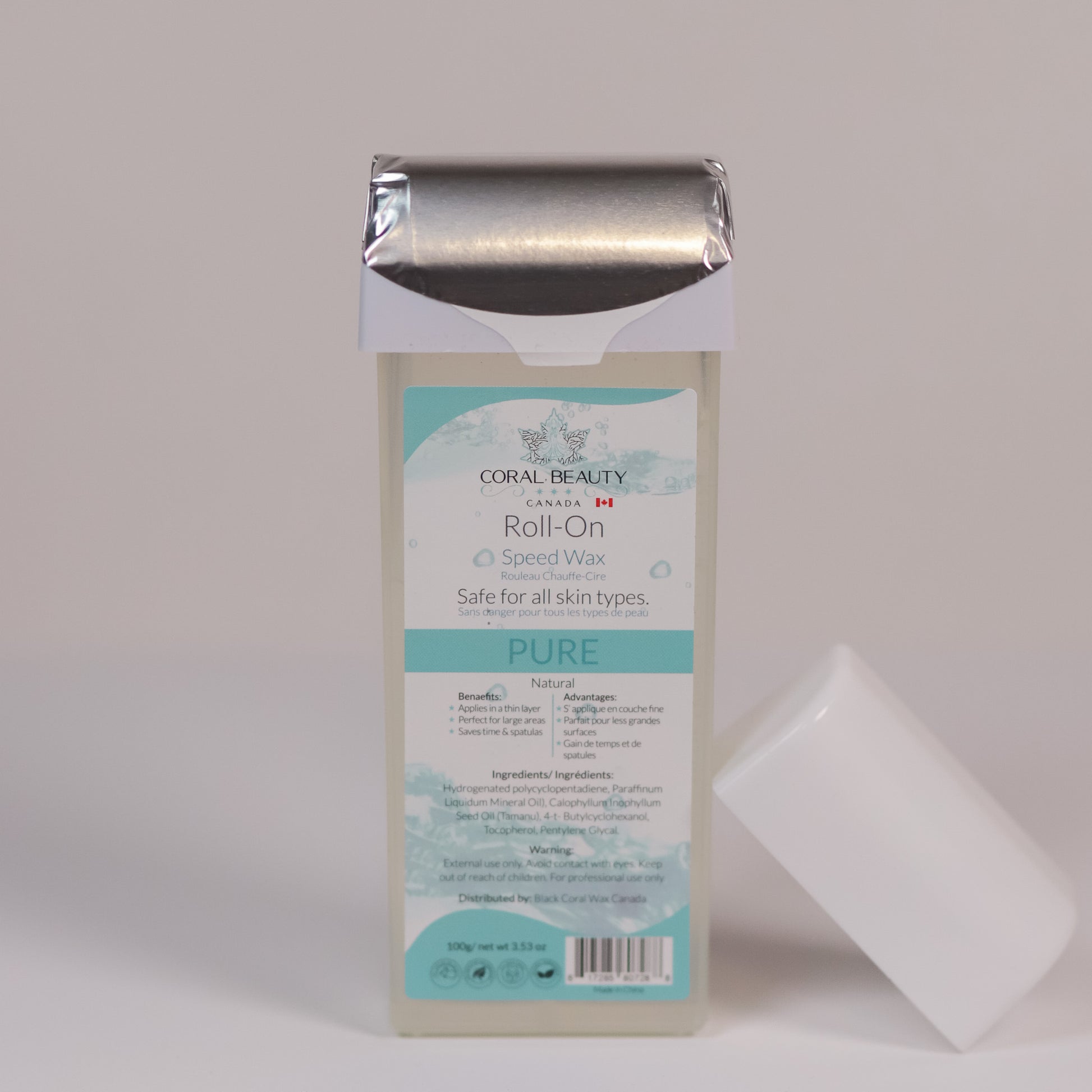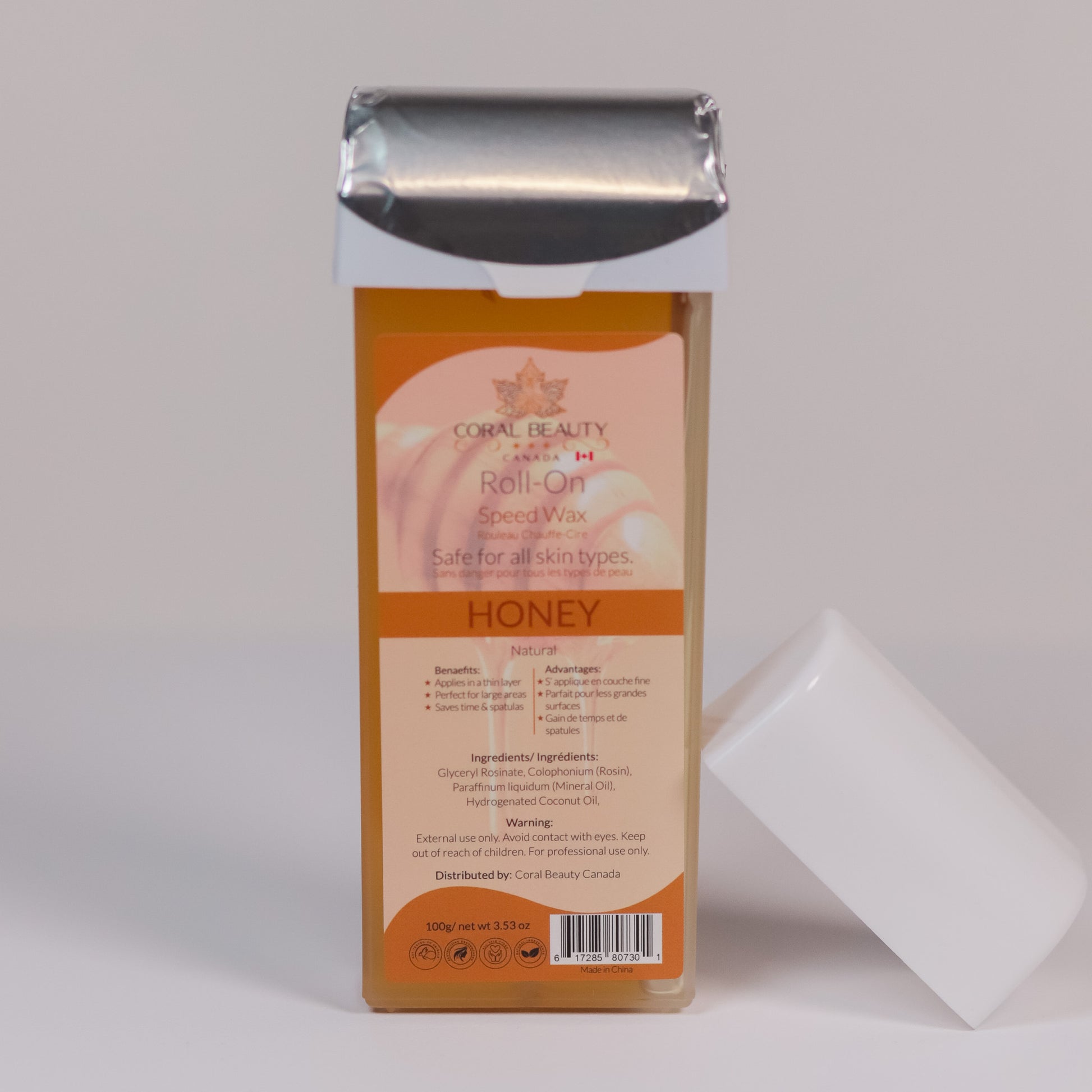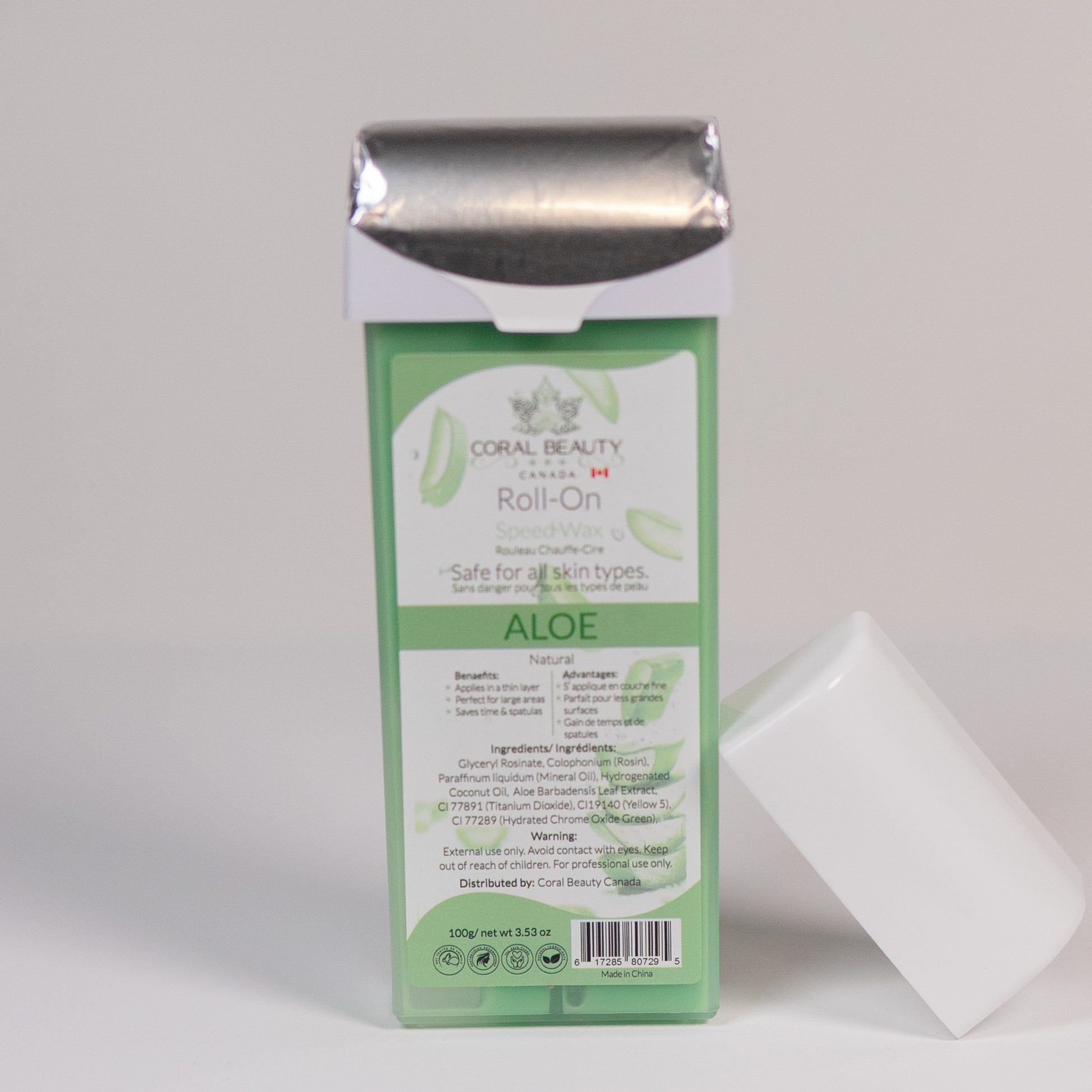Waxing involves applying a sticky substance to the skin, allowing it to adhere to body hair, and then removing it to pull hair out from the root.There are two primary types of wax:
Soft Wax: Applied thinly and removed using cloth or paper strips.
Hard Wax: Thicker in consistency and removed without strips, making it suitable for sensitive areas.
Both types are typically made from resins and beeswax. Proper application and temperature control are crucial to prevent skin irritation or burns.
Benefits of Waxing:
Longer-Lasting Results: Waxing removes hair from the root, leading to slower regrowth compared to shaving.
Finer Regrowth: Over time, regular waxing can result in finer and sparser hair regrowth.
Smoother Skin: Waxing exfoliates the skin, removing dead skin cells and leaving it feeling smoother and glowing. To maintain this glow, it's important to keep the skin hydrated using oil or cream.
Common Waxing Myths Debunked:
Myth 1: Waxing Causes Hair to Grow Back Thicker
Reality: Contrary to this belief, waxing can lead to finer and sparser hair regrowth over time.
Myth 2: Waxing Is Extremely Painful
Reality: While some discomfort is normal, the pain diminishes with regular waxing as hair grows back finer.
Myth 3: Waxing Causes Skin Damage
Reality: When performed correctly, waxing does not damage the skin. Proper aftercare can minimize any irritation.
Myth 4: You Can't Wax Sensitive Skin
Reality: Individuals with sensitive skin can still wax. Using hard wax and proper aftercare can reduce irritation.
Tips for a Successful Waxing Experience:
Hair Length: Ensure hair is about a quarter-inch long (the size of a grain of rice) for optimal waxing results.
Exfoliation: Gently exfoliate the area a day before waxing to remove dead skin cells.
Avoid Heat: Refrain from hot showers, saunas, or sun exposure immediately after waxing.
Moisturize: Keep the skin hydrated to prevent dryness and irritation.
Understanding Waxing: The Basics


